
Denmark road trip – tips and route of our round trip
Over 7,000 kilometres of coastline, seven impressive Unesco World Heritage Sites, cultural hotspots and cute villages – while Denmark’s endless sandy beaches of the North Sea and Baltic Sea are a well-known summer destination, you don’t read much about what Denmark scores with in the other months. That piqued my curiosity! And so, on a stormy autumn afternoon, the idea was born to go on a road trip across Denmark over Christmas and New Year.
The goal: to explore the most beautiful and exciting places of the small but multifaceted kingdom, which acts as a bridge between Central and Northern Europe and stretches between the North Sea and the Baltic Sea on over 400 larger and smaller islands. And to experience for yourself how the Danes cultivate the ubiquitous “hygge”. What better time to do this than the much-vaunted “contemplative” Christmas season, which brings us stress year after year – despite all our good intentions? And I can already tell you at this point, I will probably never experience such a relaxed Christmas Eve as on this Denmark road trip!
Denmark Road Trip: Route overview of our 10-day round trip
Our Denmark road trip started at Zurich train station. If the holidays are supposed to slow us down, then it makes perfect sense to shift down a gear as soon as we arrive. Every two hours, an Intercity Express connects Zurich directly with Hamburg. The travel time for this route is 7:35 hours. If you look for tickets on the Deutsche Bahn website in advance, you might even get hold of a 1-class saver ticket, which is cheaper than the regular price of 2nd class, just like we did. Alternatively, it is possible to take the night train to Hamburg.
From Hamburg we then went by rental car through Schleswig-Holstein northwards towards the Danish border. In principle, our road trip route can also be covered by public transport. But since we wanted to explore coastal strips, nature reserves and one or two sights in the “hinterland” in addition to cities, we opted for the car for reasons of flexibility.
Our route as well as all accommodations, sights and other attractions/highlights visited by us are located on the map below. The individual stages were divided as follows:
- 4 days in Jutland (1 night in Esbjerg, 2 nights in Aarhus, 1 night in Skagen)
- 2 nights in Hørve in northeastern Zealand
- 2 nights in Helsingborg, Sweden
- 2 nights in Copenhagen
- 1 more day in South Zealand
- 1 day in Lolland
Stage 1: via Flensburg and Ribe to the Danish Wadden Sea
Grey, wet, cool; Our Denmark road trip starts exactly with the weather, which tempts many not to travel to the North Sea or Baltic Sea coast in winter. But we have adjusted to this weather and know that at some point the magical Nordic winter light will make up for everything. In Flensburg we cross the border to Denmark. «Velkommen til Jylland»! The Jutland peninsula includes all regions of mainland Denmark. The coastal strip from the border up to the port city of Esbjerg is part of the cross-border Wadden Sea World Heritage Site.
The nasty weather keeps us from a long walk on the beach. But we don’t miss a stop at Vadehavscentret. The Wadden Sea Centre is the gateway to this unique natural landscape and has itself mutated into a landmark. A traditional Viking courtyard house served Danish architect Dorte Mandrup as inspiration for the extension, which opened in 2017. In the generously designed exhibition rooms, everything worth knowing about the Wadden Sea is conveyed – depending on your interests, you can spend a good two hours here.
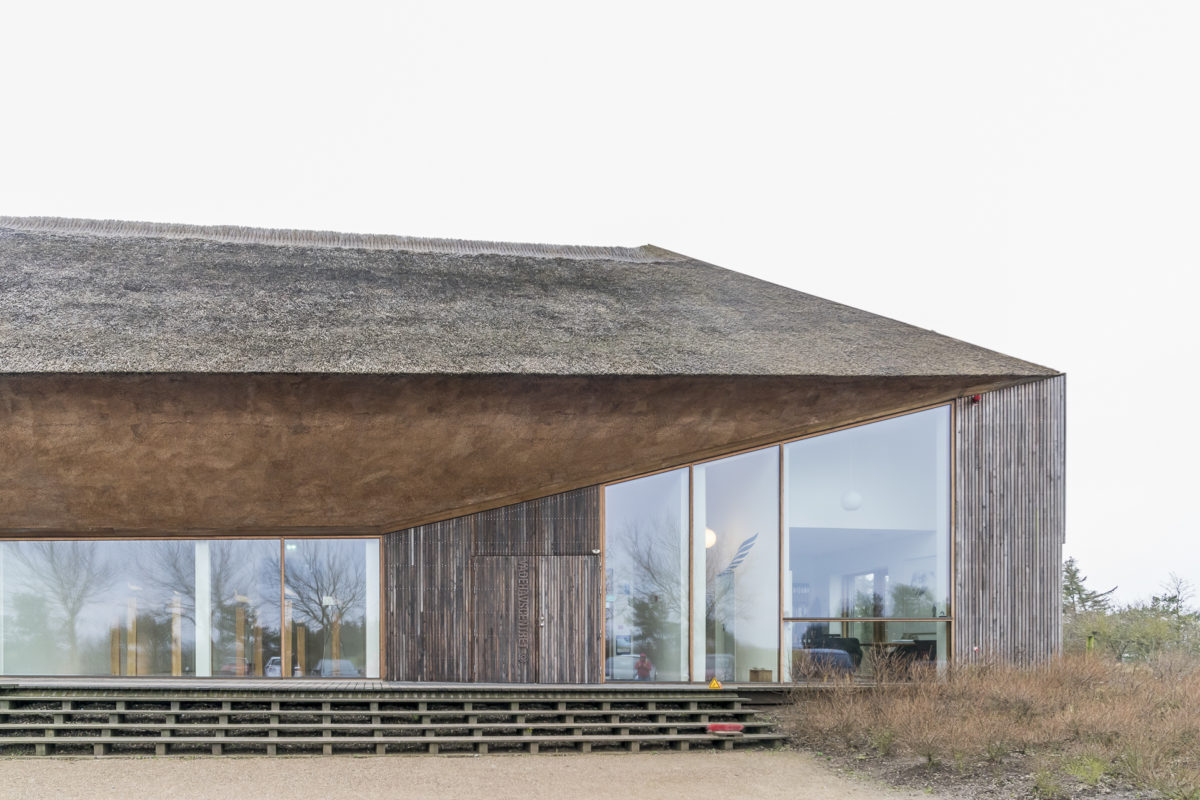
A few kilometres from the centre of the Wadden Sea is Denmark’s oldest city. The Vikings already settled in Ribe and in the Middle Ages it was one of Denmark’s most important trading centres. In the summer months, the Ribe VikingeCenter is one of the top attractions in the region – in winter it is closed. Instead, the pretty cobblestone alleys are spruced up and a small, fine Christmas market exudes a festive atmosphere on the cathedral square. If you’re walking through Ribe with a growling stomach, you shouldn’t miss a stop at Restaurant Porsborg (in a vaulted cellar near Cathedral Square). Here we enjoyed the best Smørrebrød of this road trip.
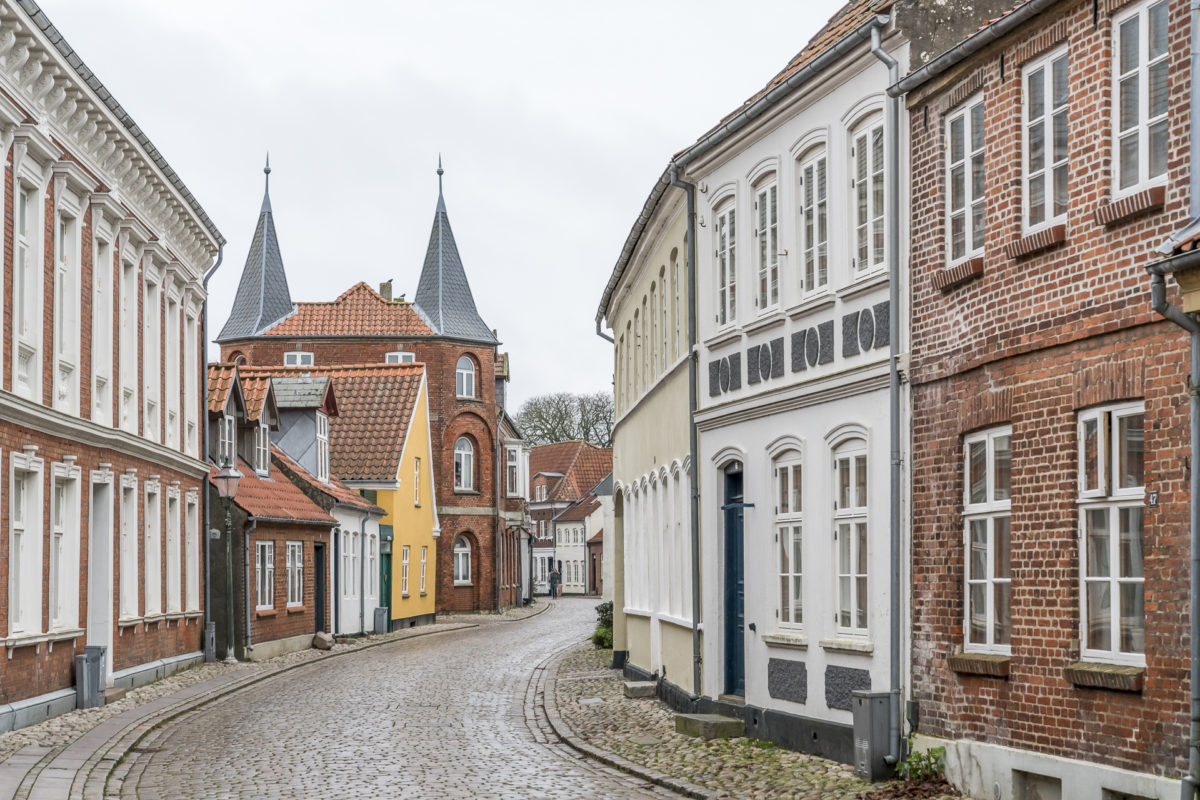
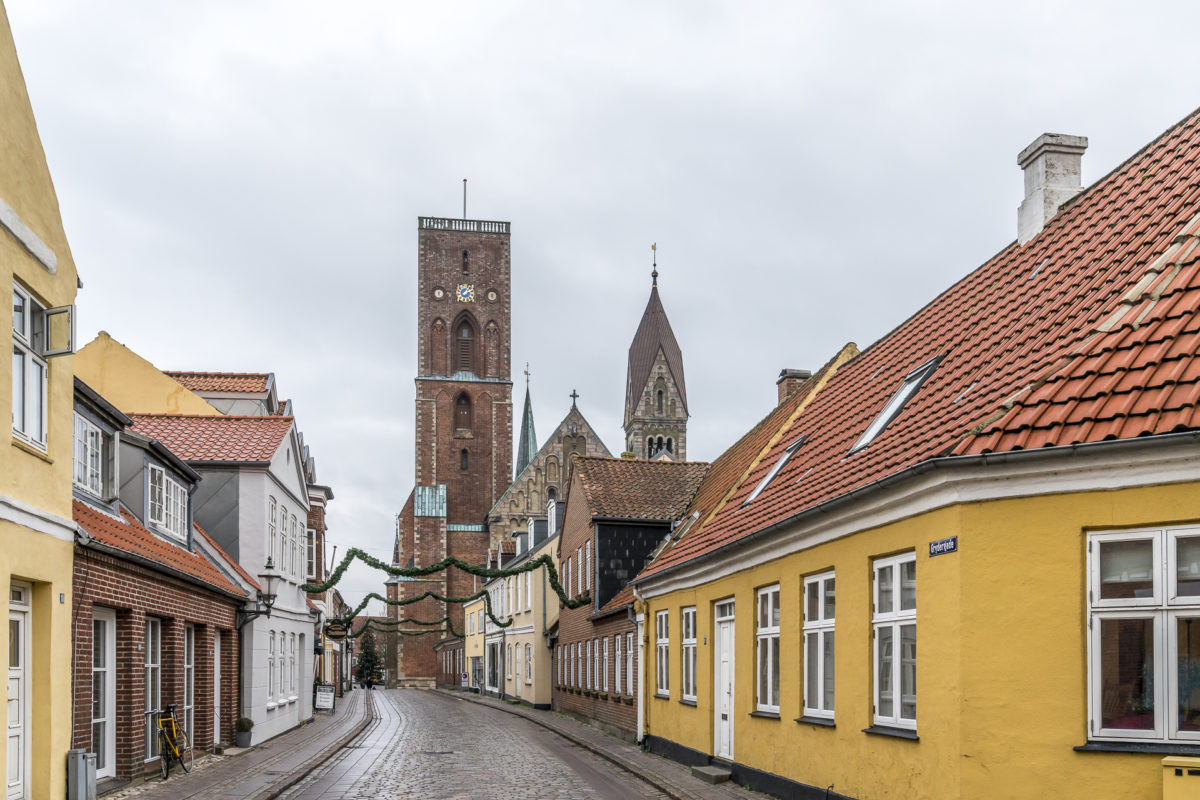
Afterwards we continue up the coast, stop at the harbour of Esbjerg to marvel at the “people by the sea” – four imposing, white statues – and later check in at the traditional seaside hotel in the chic suburb of Hjerting. Located directly on the beach, the sunset walk on the beach would actually be a must here – but the day ends as gloomy as it started.

Stage 2: once across Jutland
Before we tackle our destination for the day – Aarhus – we head north to the Vesterhavet Nature Park. We have read that around the renatured lake Filsø there is a good chance of spotting roe deer and deer. And lo and behold – we’re lucky!
The still wet weather is much less cause for celebration. So we only leave the car for a short time to take a look at the mist-shrouded lake. In better conditions, the Filsø Ellipsen (a semicircular jetty jutting out into the lake) would present a very beautiful backdrop. From there, it is also possible to cross the lake on foot on Filsø dam.
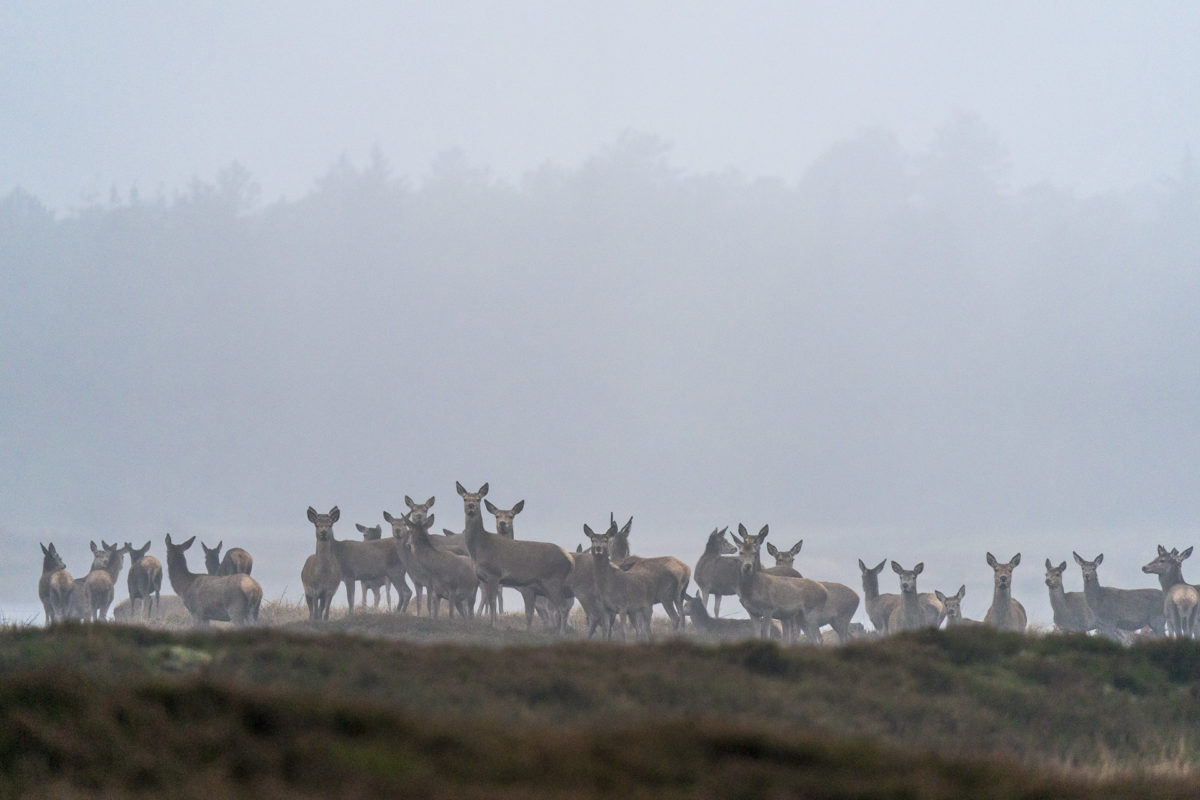
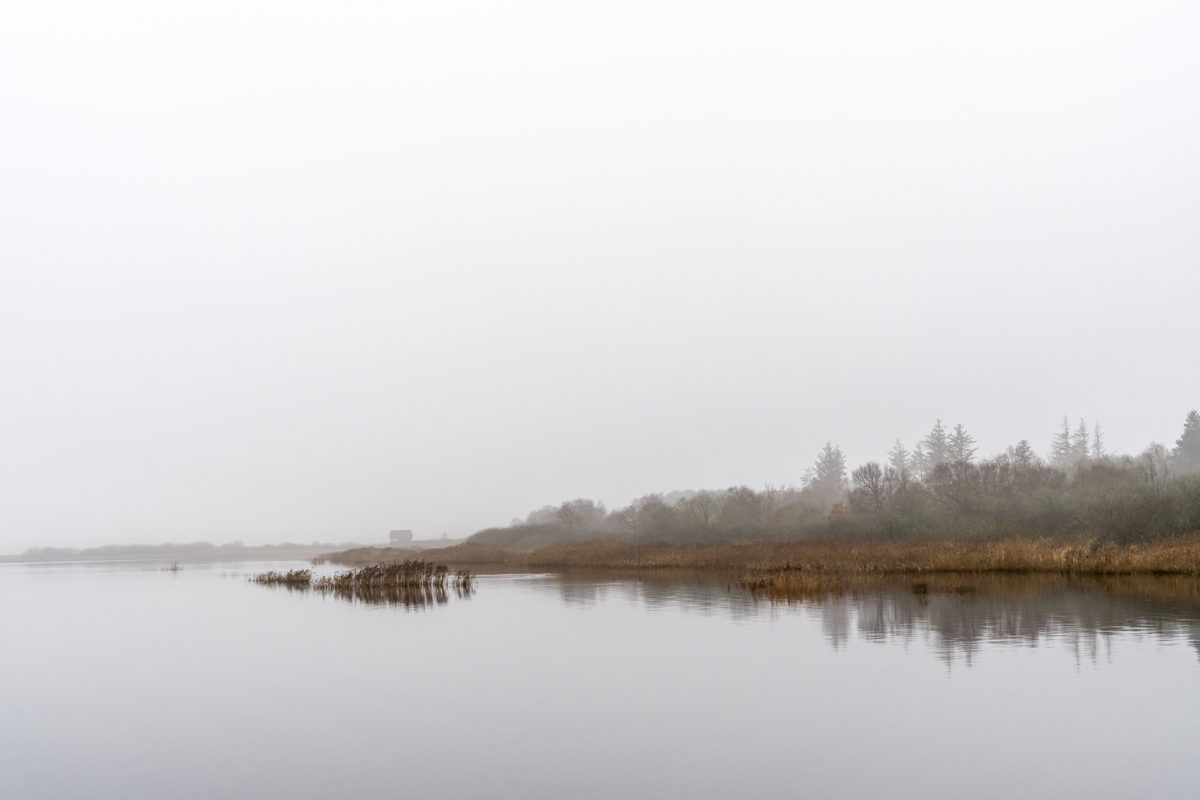
Afterwards we make a detour to the Danish North Sea resort of Blåvand, which has thatched cottages on a kilometre-long sandy beach and gives you a holiday feeling even in this gloomy weather. By the way, the Danes don’t let this weather stop them from going to the beach with their children and flying kites there – the main thing is fresh air!

If you drive from the North Sea coast near Esbjerg across Jutland to the Baltic Sea coast, you will pass some attractions. The best-known of these is certainly Legoland Billund. We leave this “to the left” and focus on two Unesco World Heritage Sites, which are located on the way to Aarhus not far from the E45.
First we stop in Christiansfeld and lo and behold – the blue sky is slowly pushing through! The special thing about Christiansfeld is the clearly recognizable city map. The commune was built in the 18th century as a “planned city” based on the model of the Moravian Brethren community. The entire ground plan of Christiansfeld was measured from Grev Zinzendorf Platz – the square church square. The tour of the city center of Christiansfeld does not take much time. Before continuing our journey, we treat ourselves to a coffee stop at the “Det gamle Apothek” – a charming mixture of decoration shop and café.
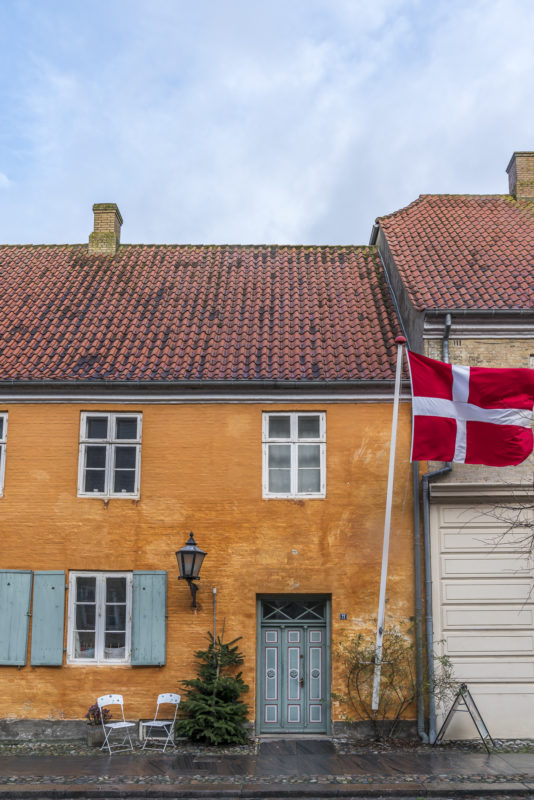
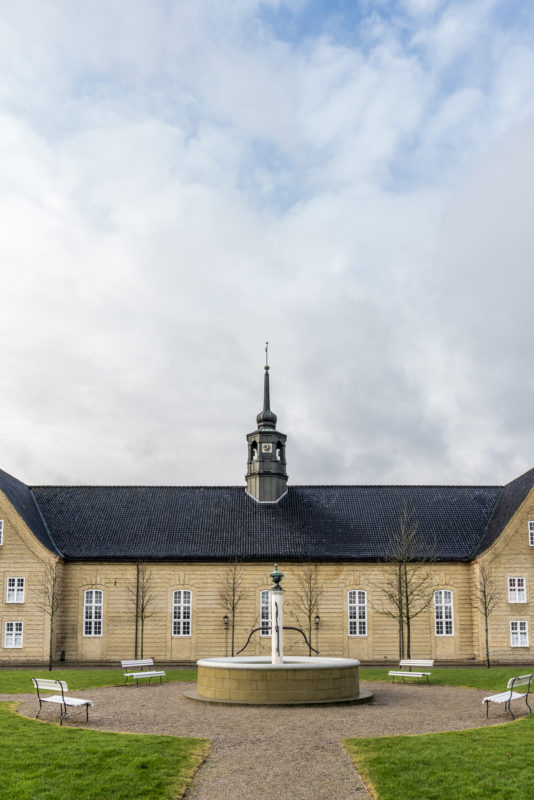
The second attraction is located in the village of Jelling. In the 20th century, two important runestones (“Jelling Monuments“) from the Viking Age were found here. In addition, excavations around the church of Jelling revealed finds of a large shipwreck and remains of wooden palisades. A series of white concrete pillars make the dimensions of the palisades and the ship’s setting comprehensible.
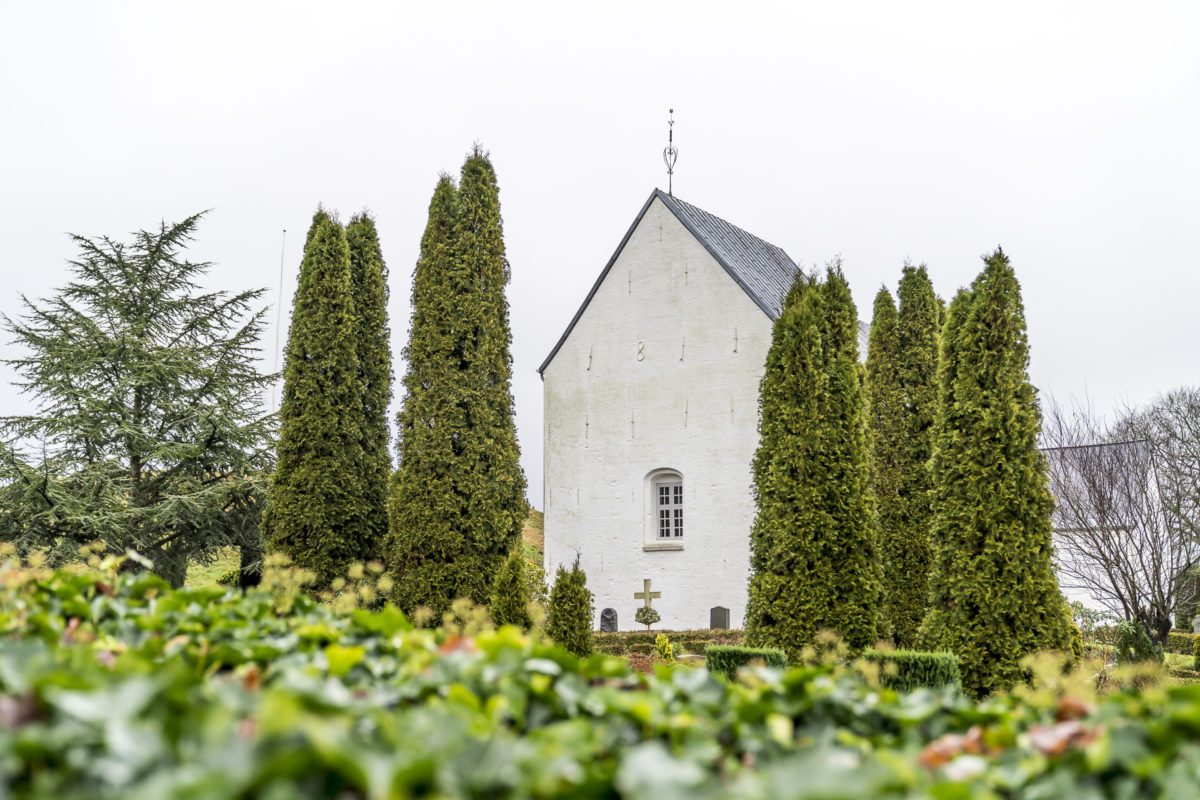
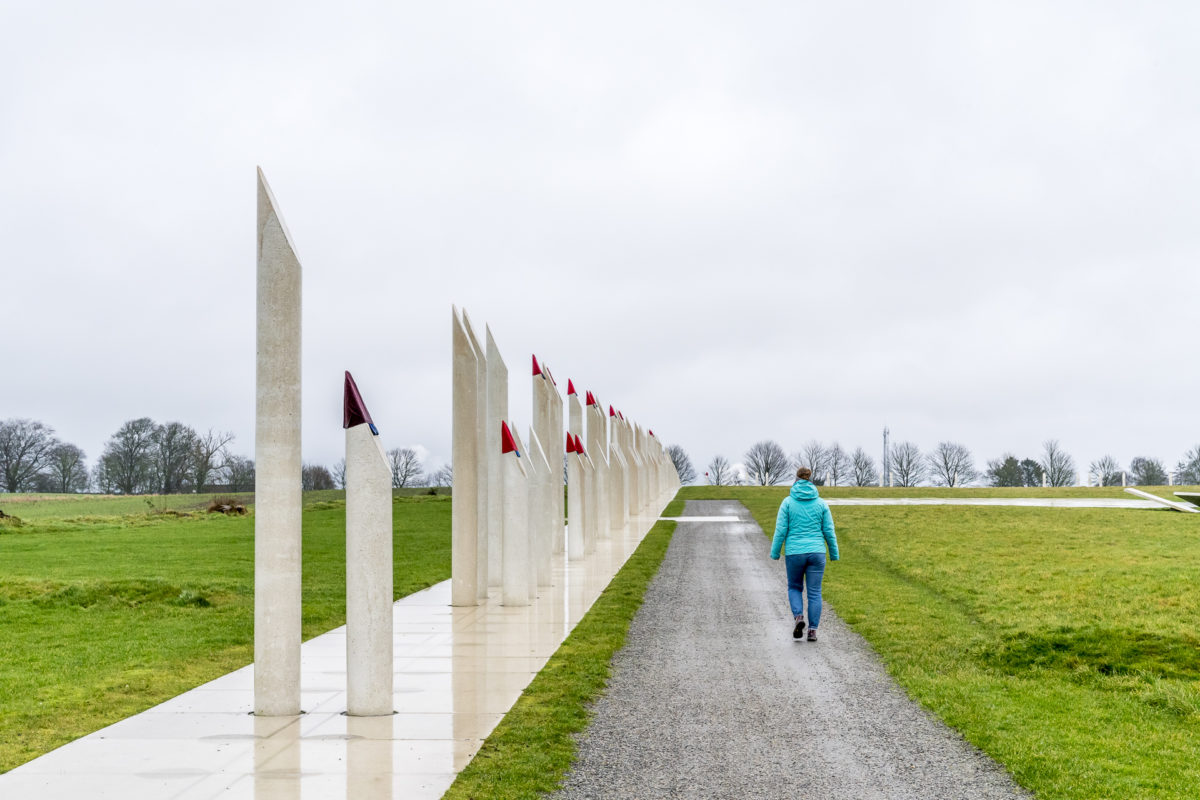
Stage 3: Pit stop in Aarhus
And then we reach Aarhus. At the beginning of the trip, I was worried about driving into Danish cities by car. But in Aarhus, my friend skilfully guides me to the newly opened cultural centre Dokk1 at the harbour, which not only houses a library, but also Europe’s largest fully automated car park. And if you – like me – have been a horror of parking garages so far, then the parking experience at Dokk1 is guaranteed to be remembered as one of your Denmark highlights. The fun is relatively expensive (or very expensive by international standards), but from my traffic planner’s perspective, I have no problem with parking in the city center costing me dearly.
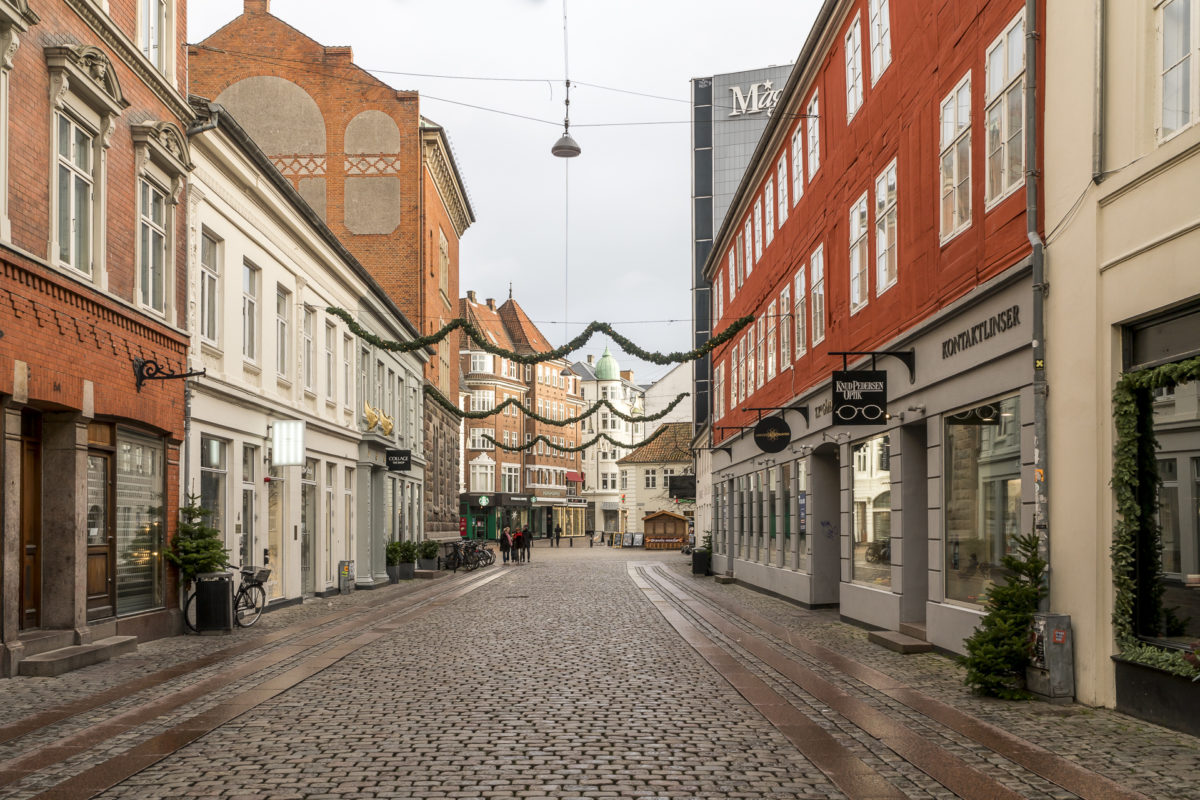
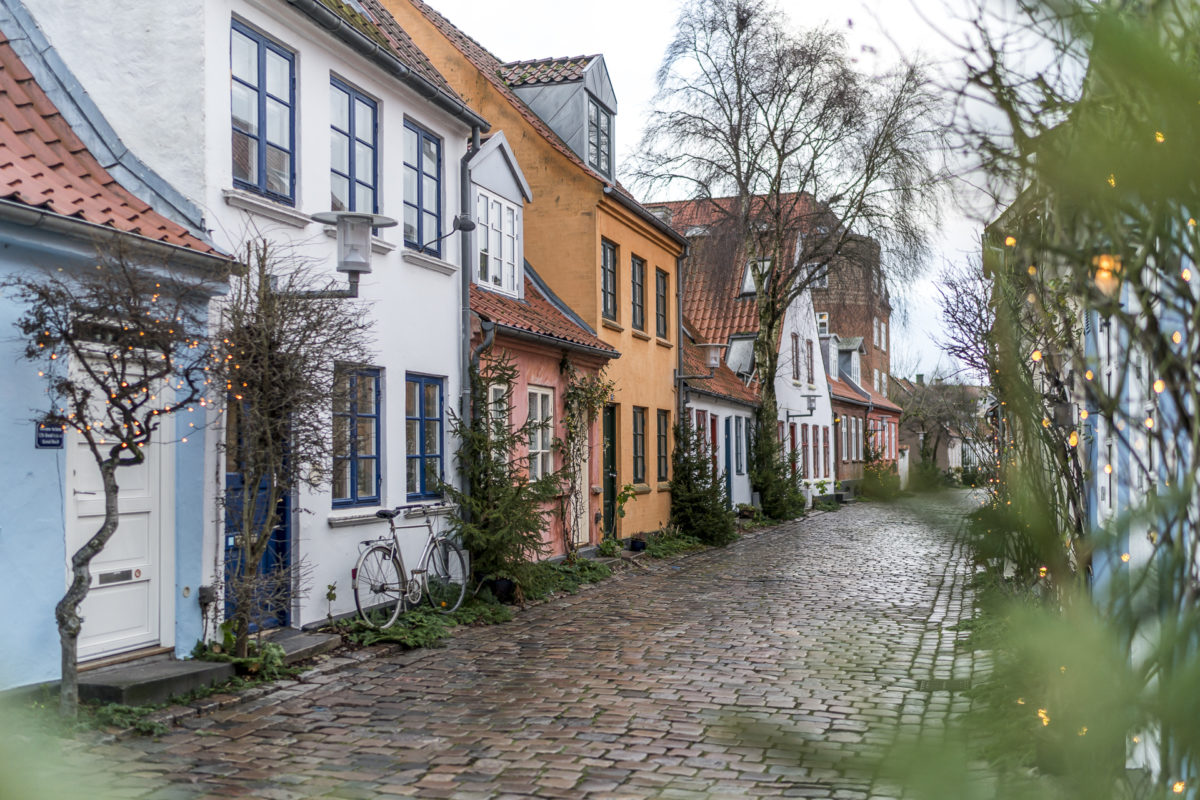
Denmark’s second largest city scores with some great museums, a casual pedestrian zone and great restaurants. But since our stay was around Christmas Eve, we had to make do with a very limited offer. I knew in advance that on December 24th, it felt like the whole of Denmark was at a standstill and hardly anything was open. But the fact that only the open-air museum “Den Gamle By” and a single Aldi in the whole city actually opened left a lasting impression on us. Especially when you imagine while strolling through the deserted alleys how it must be going parallel in the Bahnhofsstrasse. Here we get a little closer to this “hygge”.
As mentioned, we were aware that we could not visit all the exciting sights of Aarhus due to the holidays. But there was one highlight we didn’t miss – the ARoS Aarhus Art Museum with its fascinating rainbow panorama on the roof. However, the museum inspired us not only with its colorful perspective, but also with its well-curated and staged exhibitions. Also worth seeing is the Moesgaard Museum, south of the city. An architectural eye-catcher here is the new building with a walkable, green pent roof.
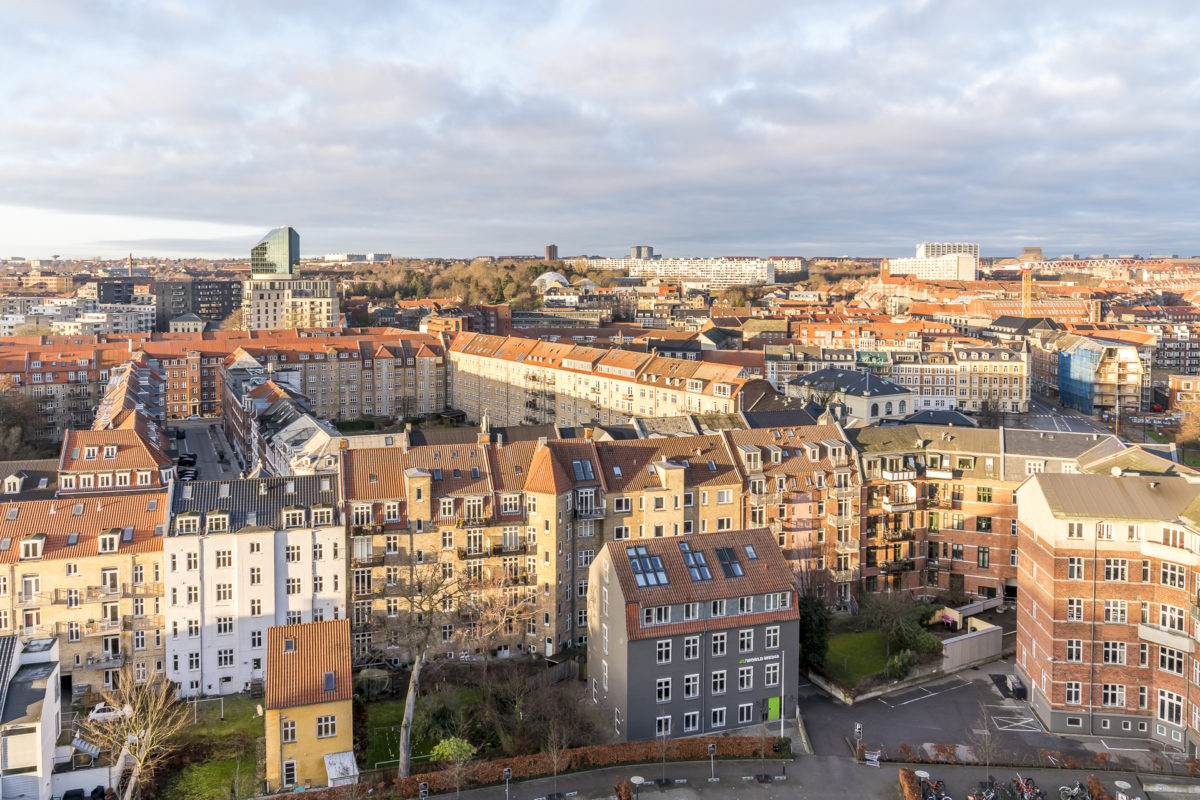
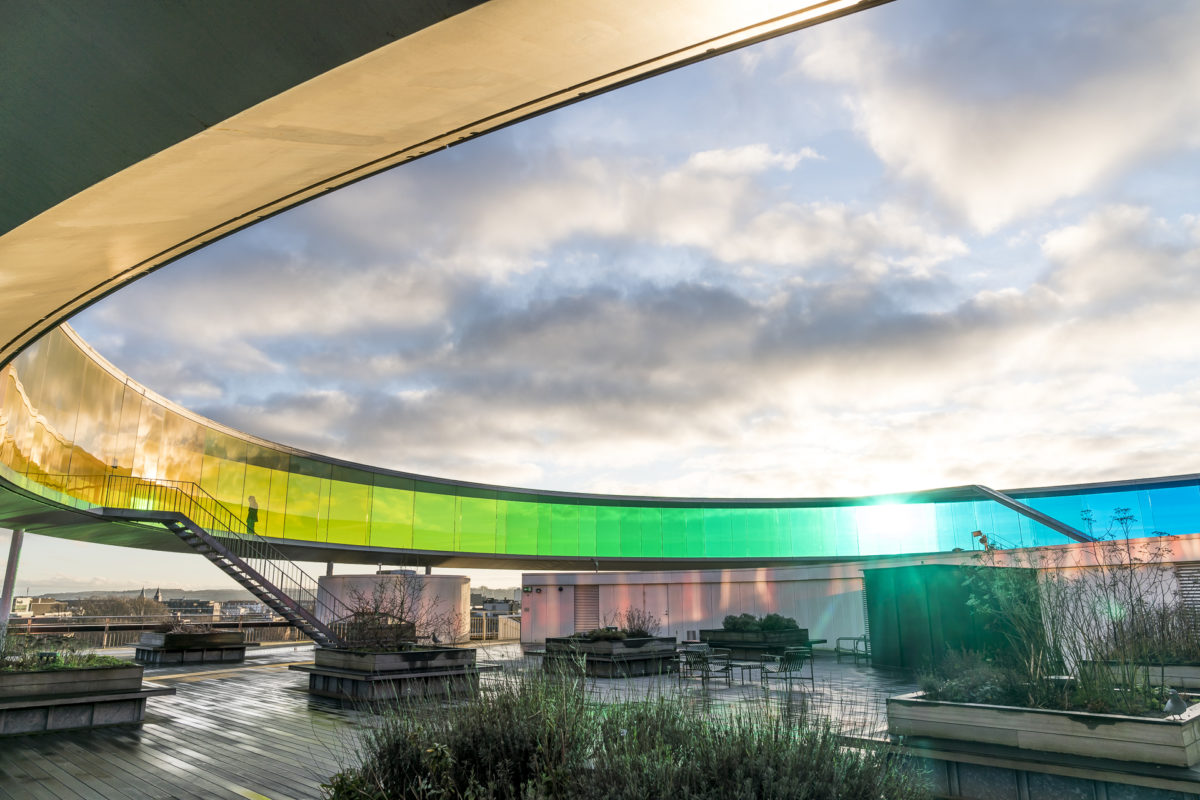
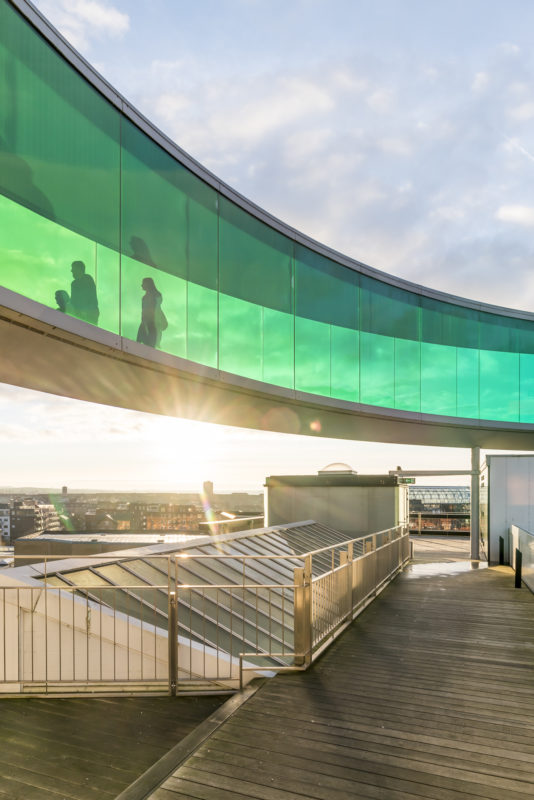
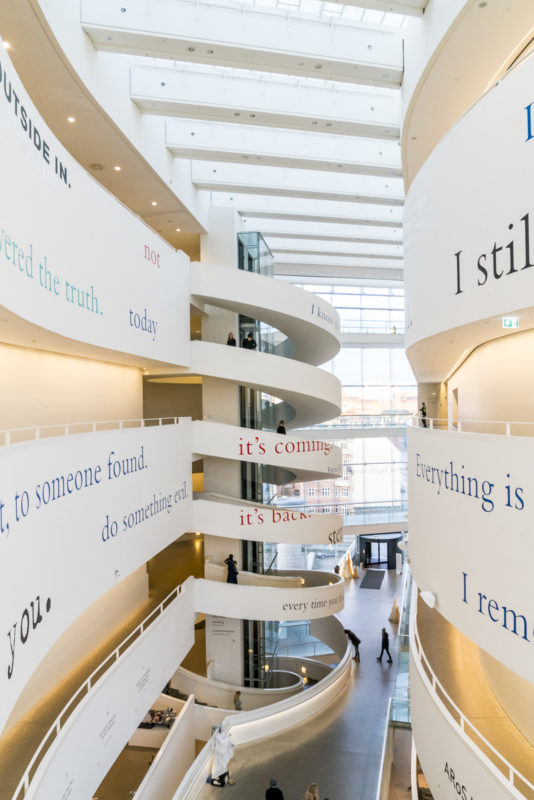
Unfortunately, due to the holidays, almost all promising Aarhus restaurants and cafés were also closed. While we had a picnic in our hotel room on Christmas Eve (no joke), we enjoyed a fine 3-course dinner in the Pondus restaurant the following day. A small, fine bistro that cooks mainly with organic ingredients and has been awarded a Bib Gourmand.
Stage 4: Detour to the northern tip of Denmark
After two days in Aarhus, we set course for the northern tip of Jutland. The journey to Skagen passes through Aalborg. Denmark’s fourth-largest city scores with picturesque old town streets and a futuristic-looking waterfront district. What few people know is that the design of the striking Utzon Center opposite the castle was penned by Jørn Utzon. Probably the most famous work of the Danish architect, who died in 2008, is the Opera House in Sydney.
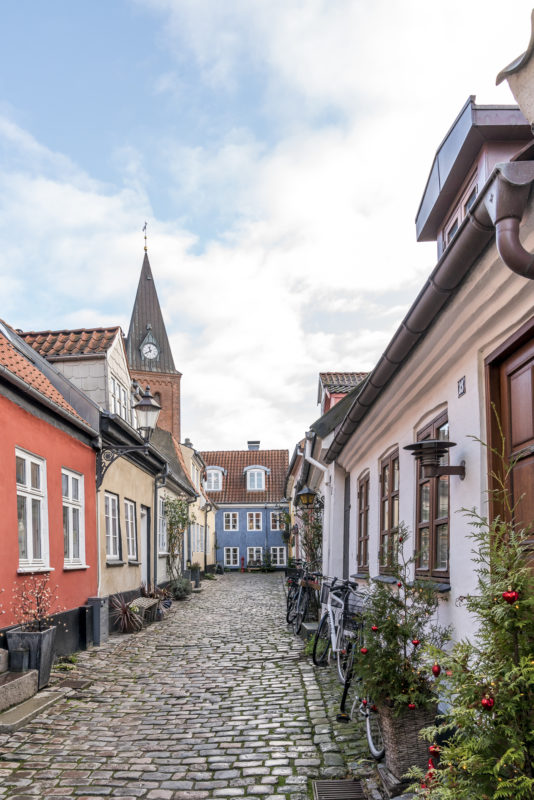

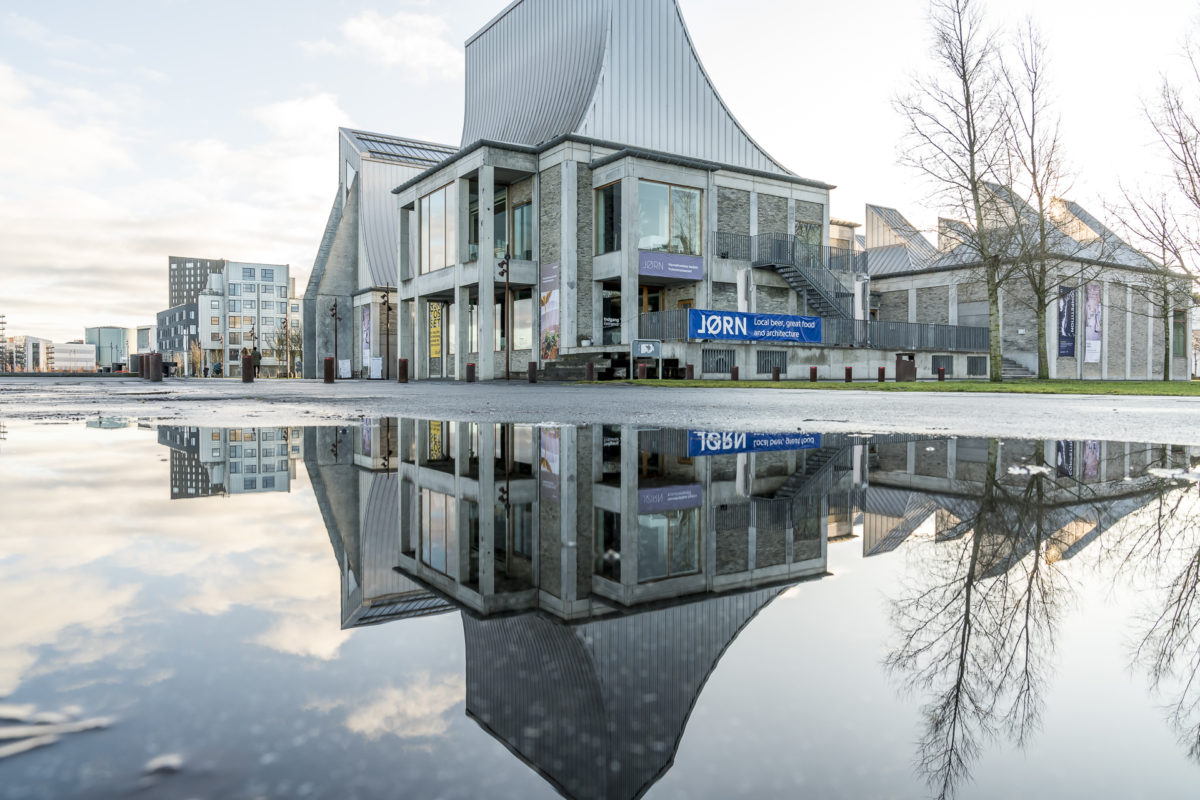
For Aalborg you can definitely plan more than the two hours we have available. But today the sun is shining from an almost cloudless sky and we don’t want to let that go to waste. On the way to Skagen, it is worth stopping at Rubjerg Knude Fyr. As the lighthouse, which is over 100 years old, was in danger of falling into the sea. It was postponed over the course of last year and reopened to the public just before Christmas. Signposted walking paths lead through the dunes to the lighthouse, whose viewing platform is accessible free of charge.
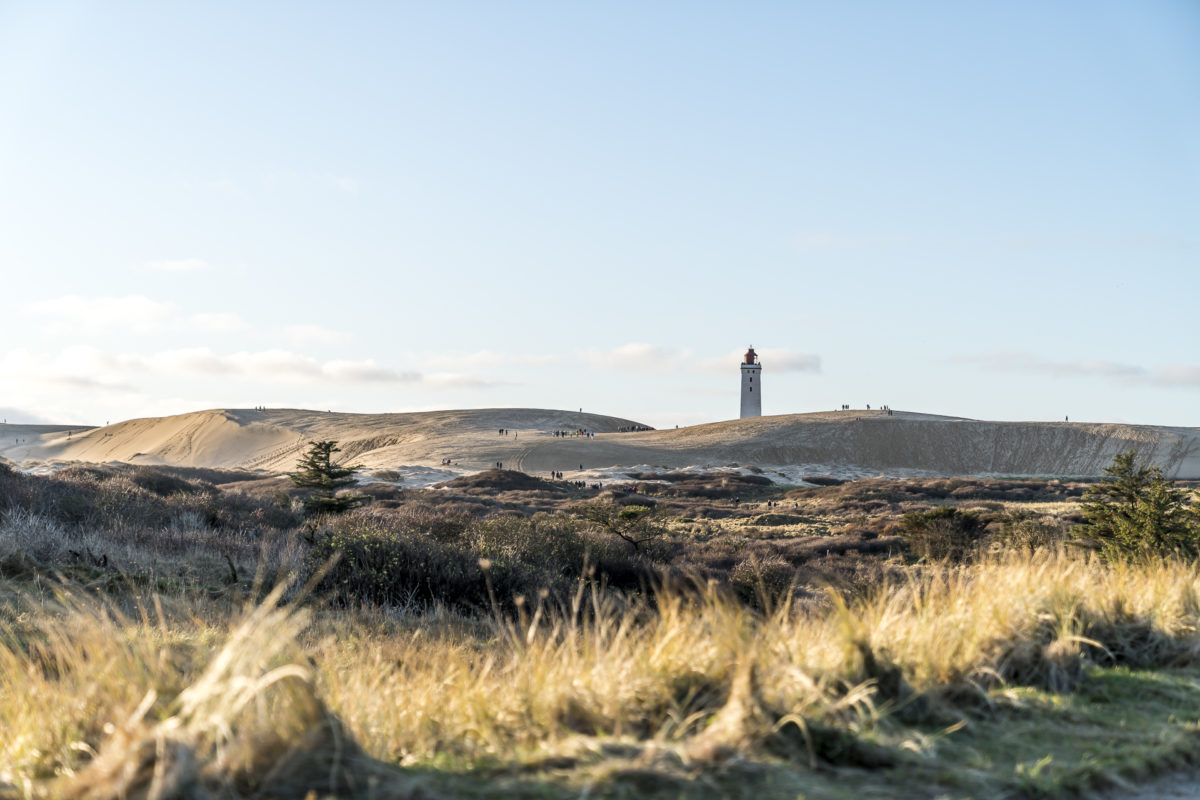
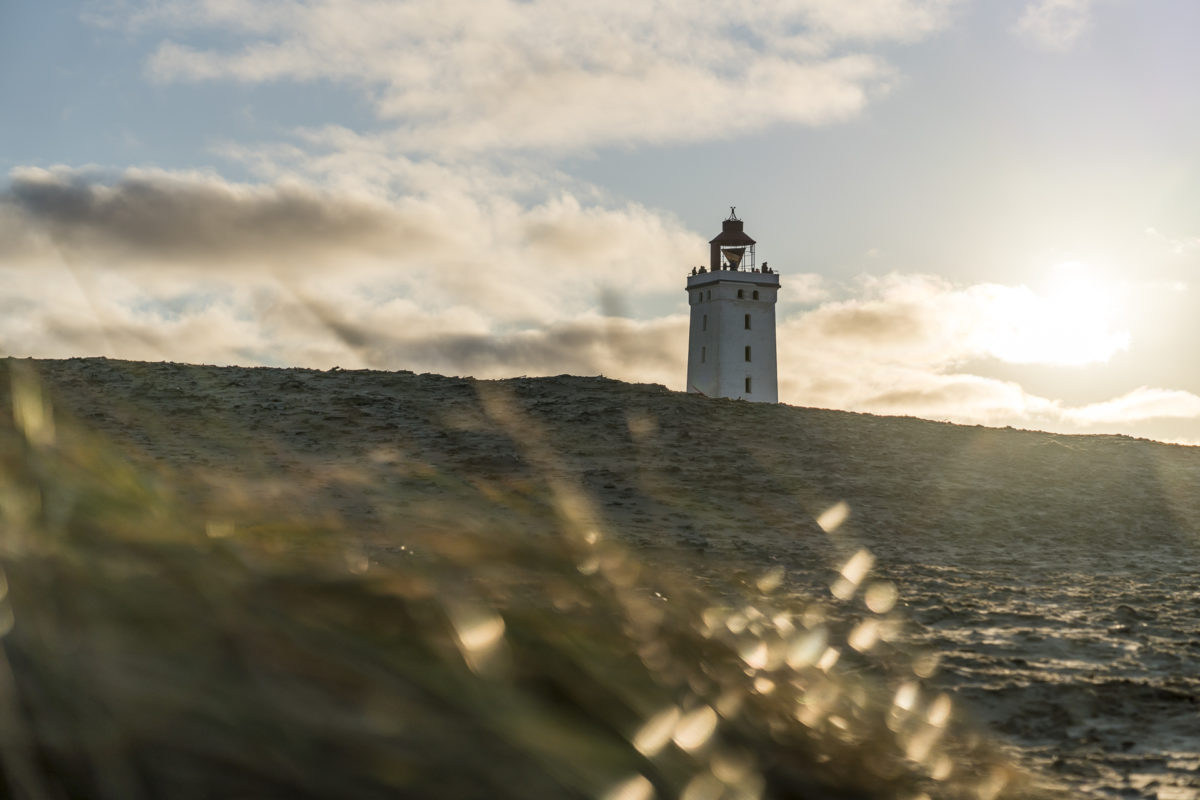
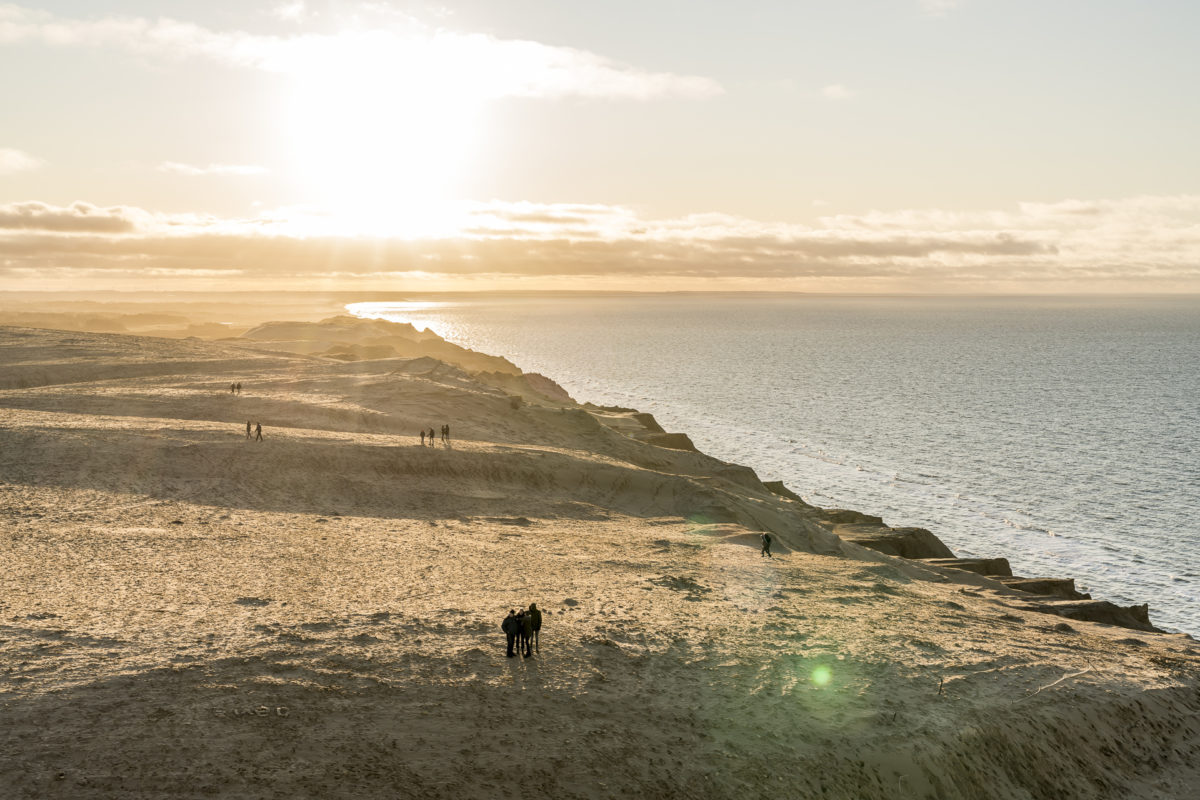
Shortly before Skagen there is Denmark’s largest shifting dune to visit on the left. It is predicted that it will take another 130 years or so for the “wandering” Råbjerg Mile to disappear into the Baltic Sea.
From the dune landscape around Råbjerg Mile, it takes less than 10 minutes to reach Ruth’s Hotel. The charming hotel with a small wellness area and two excellent restaurants is the perfect place for us to end the day comfortably (aka «hyggelig»).
The next morning we start early. After all, the excellent weather wants to be used. And we are real lucky children – I couldn’t have wished for a better morning for a sunrise walk at Grenen – Denmark’s northernmost point. The whole thing is topped when we discover seals on a striking stone not far from the parking lot. What a magical morning! The wind in our hair, the sun on our faces and the vastness of the sea in front of us. Splendid.
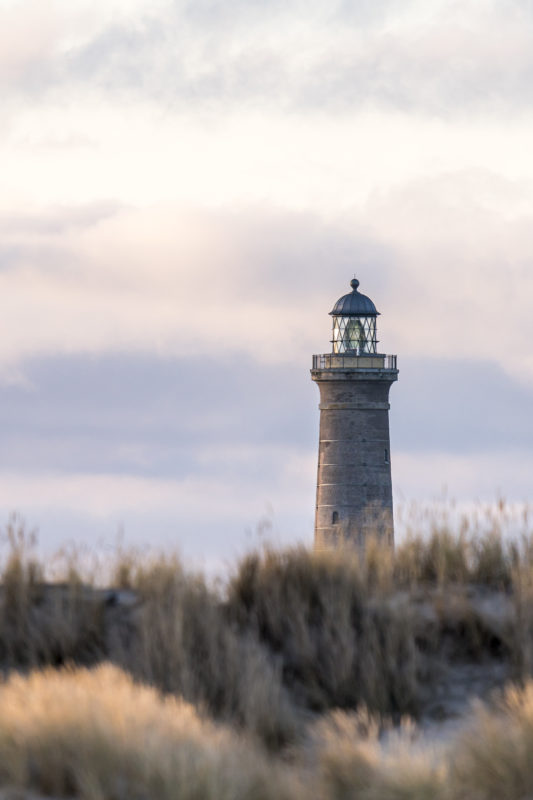
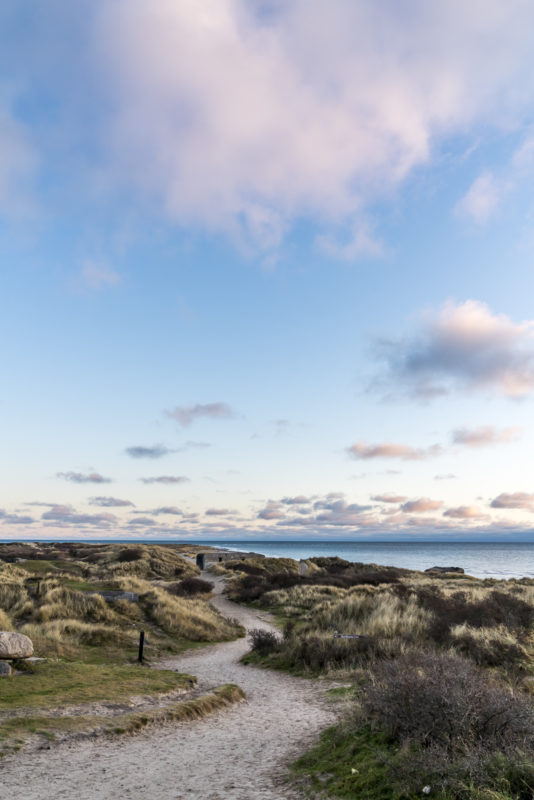
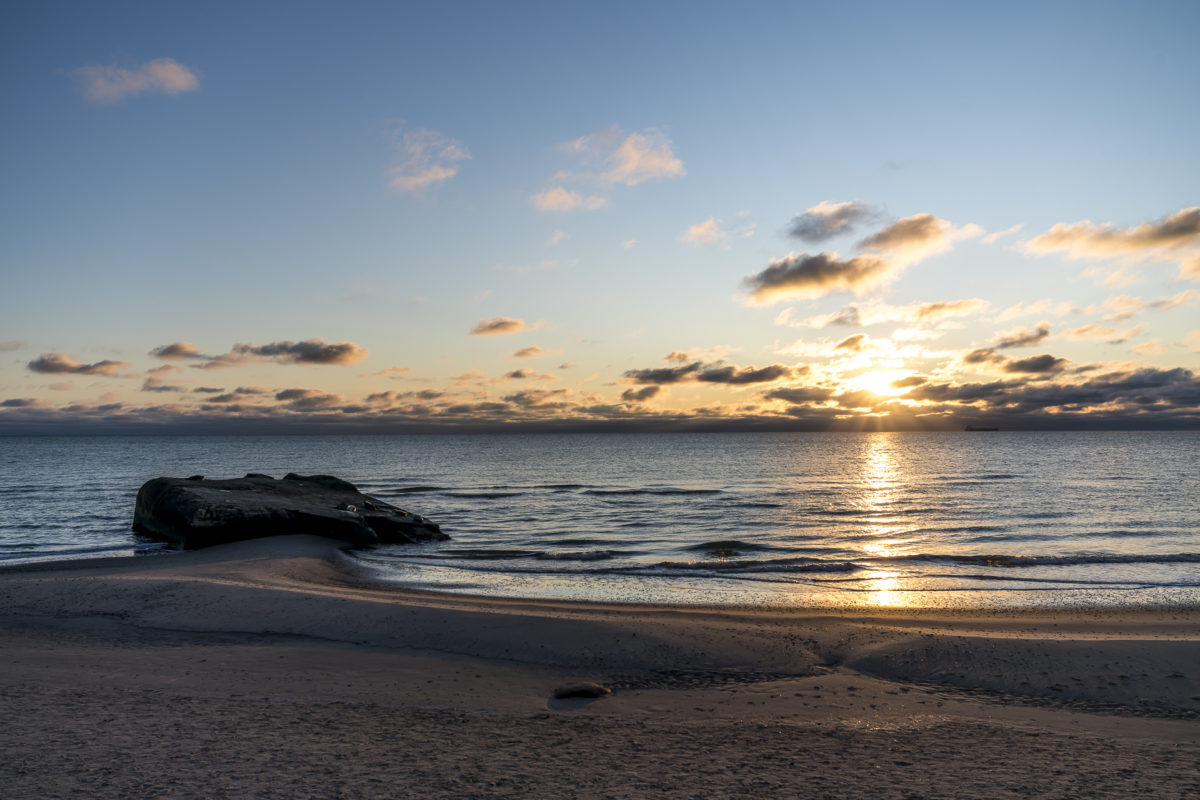
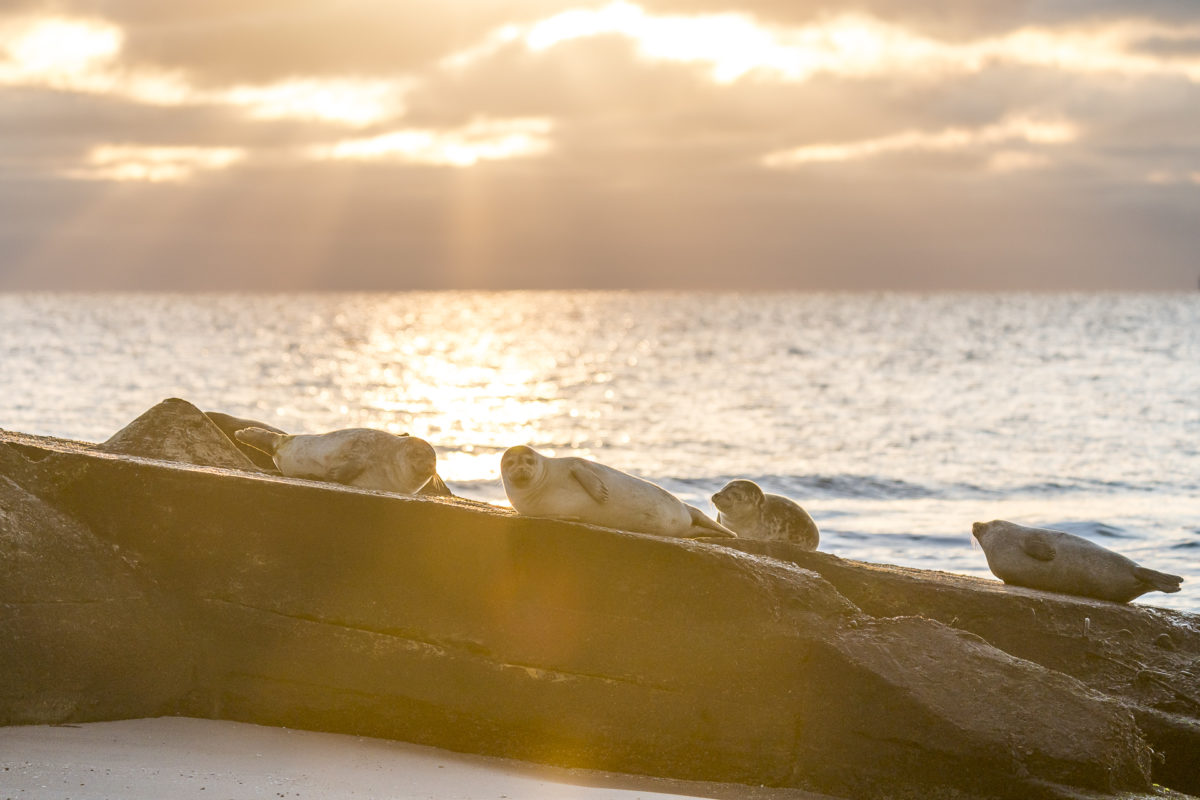
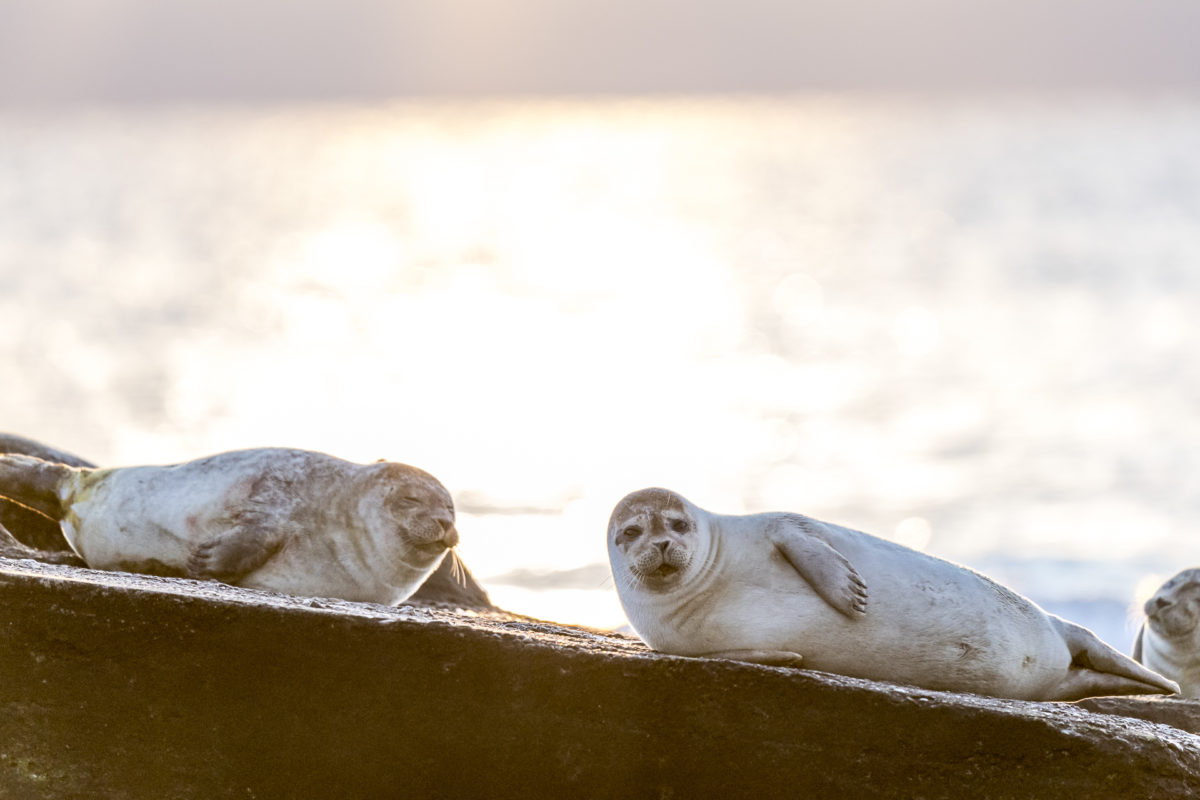
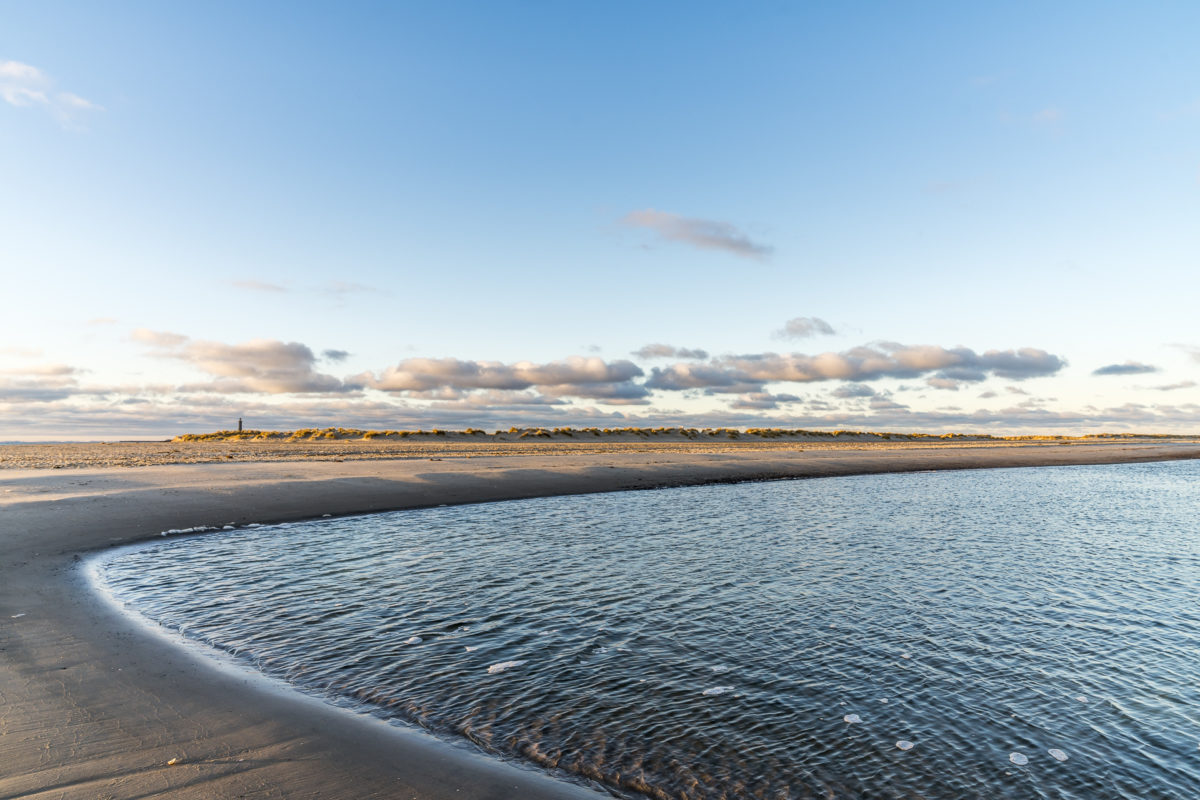
Stage 5: hej gourmet stronghold of Zealand
After four days on the Jutland peninsula, we are drawn to the Danish islands. The next two days we will stay on the legendary Dragsholm slot. The history of the historic castle complex can be traced back to the 13th century. century. Since the first half of the 19th century, Dragsholm Slot has been used as a hotel. Since 2017, the castle kitchen has been awarded a Michelin star – and since then, the castle has been one of the top gourmet addresses in the country.
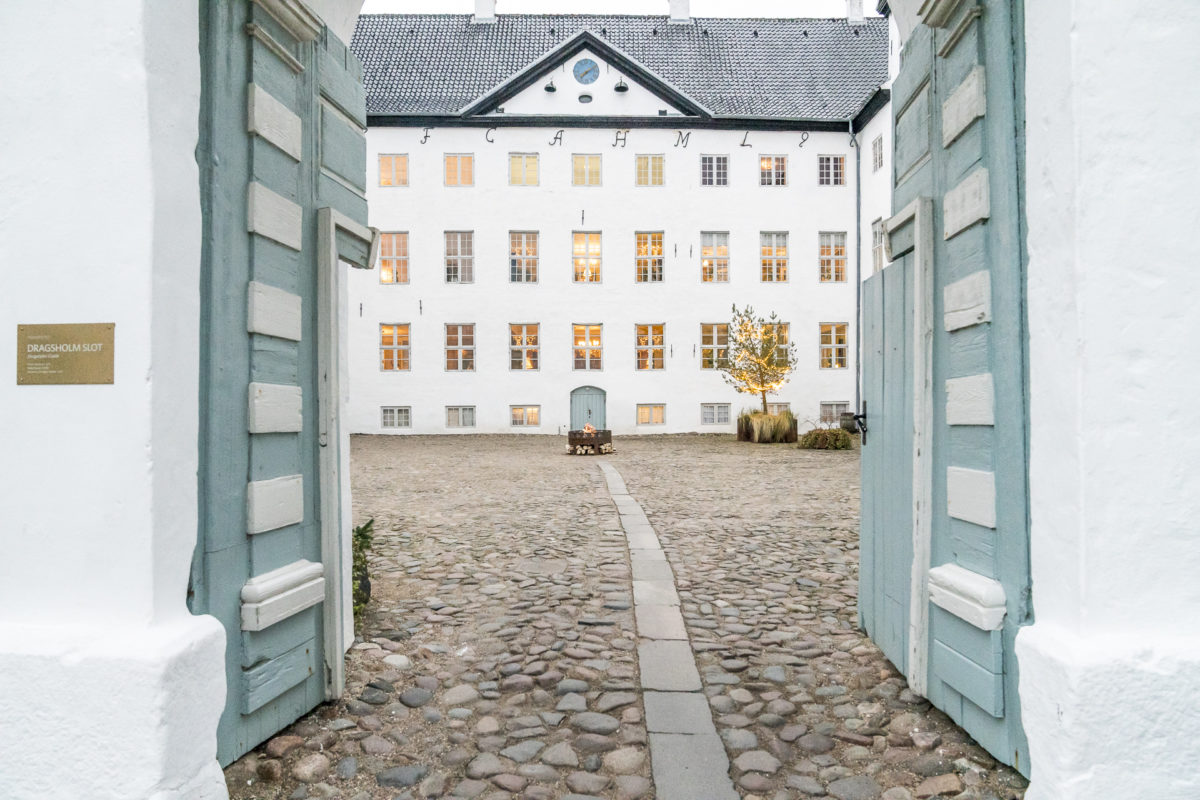
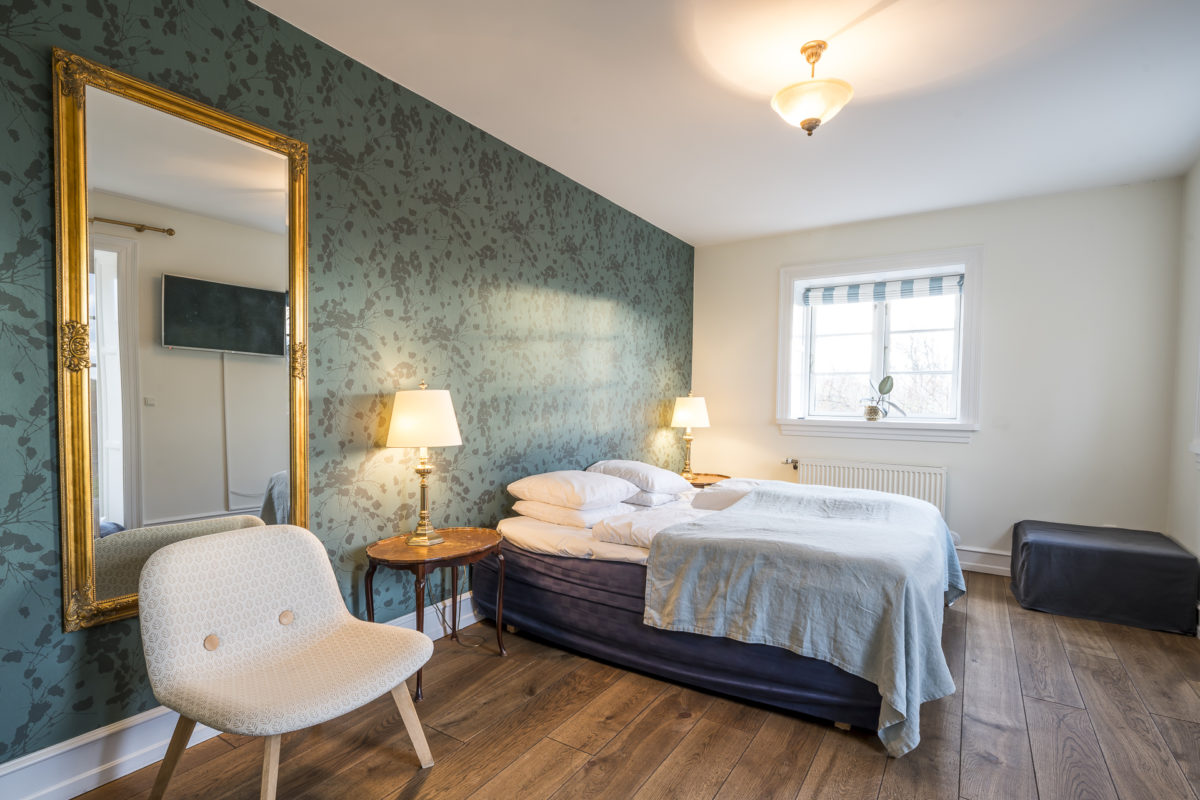
If you are interested in the creative “new Danish cuisine”, you should not miss a dinner at Dragsholm Slot Gourmet. Chef Claus Henriksen (who also worked at Noma before joining the company) consistently relies on local ingredients from the Lammefjord.
From Jutland there are two ways to reach Zealand. Either you follow the E20 via Funen or you take the ferry from Molslinjen to Sjællands Odde in Aarhus (crossing about 1.5 hours). In addition to the gourmet restaurant, there is also a simpler bistro on site, where excellent dishes are also served.
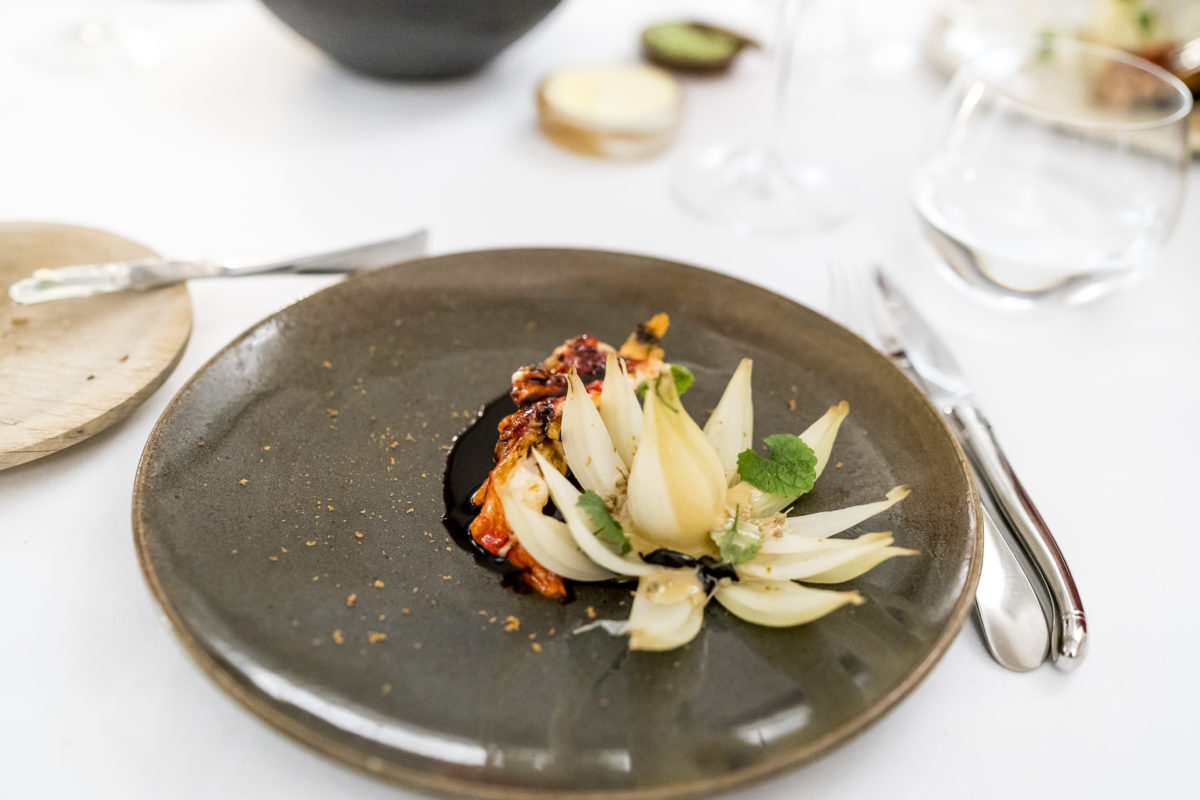
Dragsholm Castle is well located for exploring the surrounding UNESCO Global Geopark Odsherred with its unique Ice Age landscape on foot or by bike. Alternatively, day trips to Roskilde and Copenhagen can be made from the castle. The visit to Roskilde Cathedral is particularly impressive. The impressive building is Scandinavia’s first Gothic cathedral made of brick.
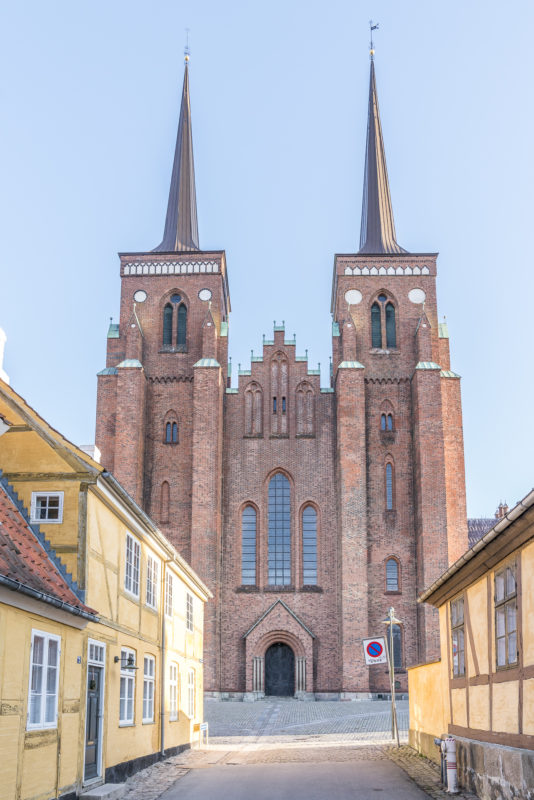
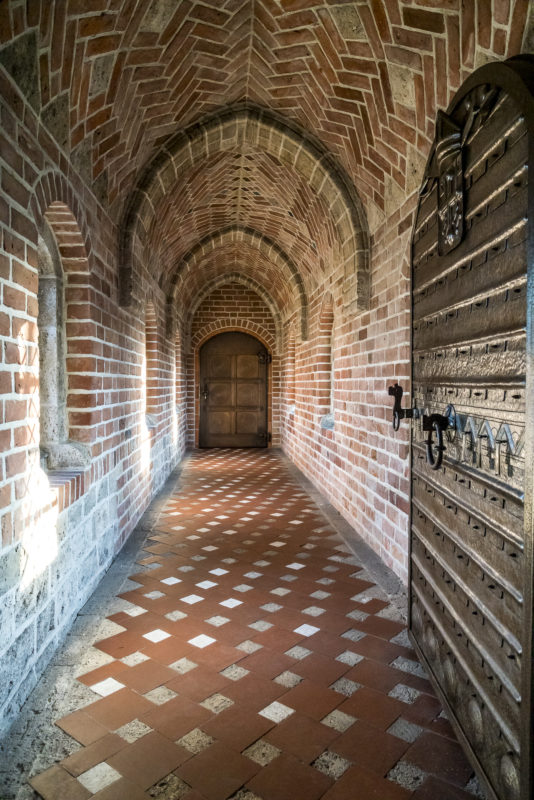
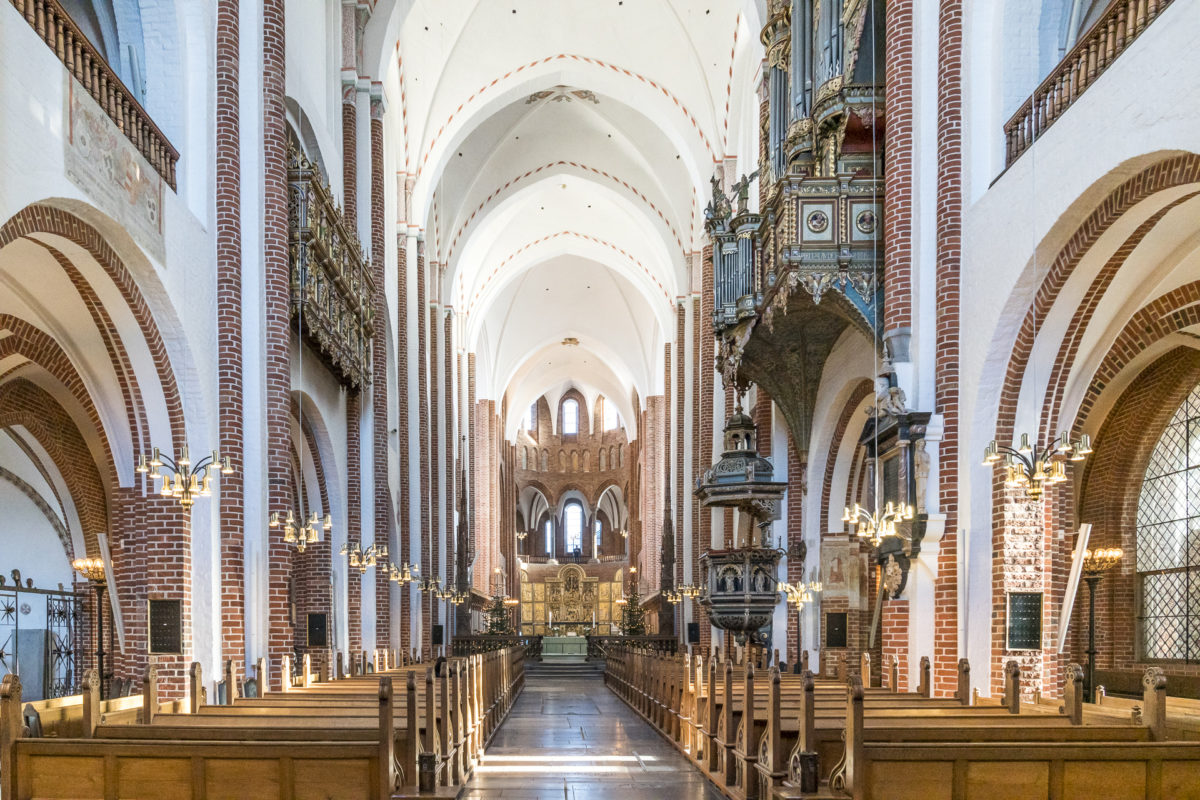
Leg 6: Schwesternstädte Elsinore – Helsingborg
Decisive for our Denmark road trip route planning were first and foremost the holidays (Christmas and New Year’s Eve) and the associated question: When is what open? If we had done the same tour in the summer, we would certainly have included a stop at Falsled Kro on the island of Funen in addition to visiting the Dragshom slot. Unfortunately, this was closed throughout the holidays. So we decided to visit the sister cities of Helsingør and Helsingborg instead, which face each other with defiant buildings at the narrowest point of the Öresund at the northeastern tip of Zealand. If you want to combine the trip there with a nice lunch, I can recommend a lunch at Søllerød Kro north of Copenhagen. The Michelin-starred restaurant is located in a historic building/courtyard in the suburb of Holte and stands for classic but precise cuisine in a cross-comparison.
A 20-minute drive from Holte is the Louisiana Museum of Modern Art. Denmark’s most important art museum, regardless of the season, attracts many art-savvy day tourists than Copenhagen and is very well frequented during our visit – there’s definitely no off-season bonus here. By the way, I found it funny that Lauren Greenfield’s Generation Wealth is currently an exhibition that had already inspired us at the Kyotography in Japan in 2018.
From Louisiana it is not far to Helsingør. The most famous attraction here is the mighty Kronborg Castle. It served Shakespeare as the backdrop for his “Hamlet” and is also classified as a UNESCO World Heritage Site. Unfortunately, our visit fell on a Monday, when the castle is closed – but on the walk around it, the castle can at least be examined from the outside from all sides. Other highlights in Helsingør include the Maritime Museum, which is architecturally cleverly integrated into an old dry dock (awarded “Building of the Year” in 2014) and the cultural centre “Kulturværftet” at the harbour. Furthermore, the blue dots of the “self-guided” Elsinore Walk on the pavements guide you purposefully to the exciting places in the old town of Helsingør.
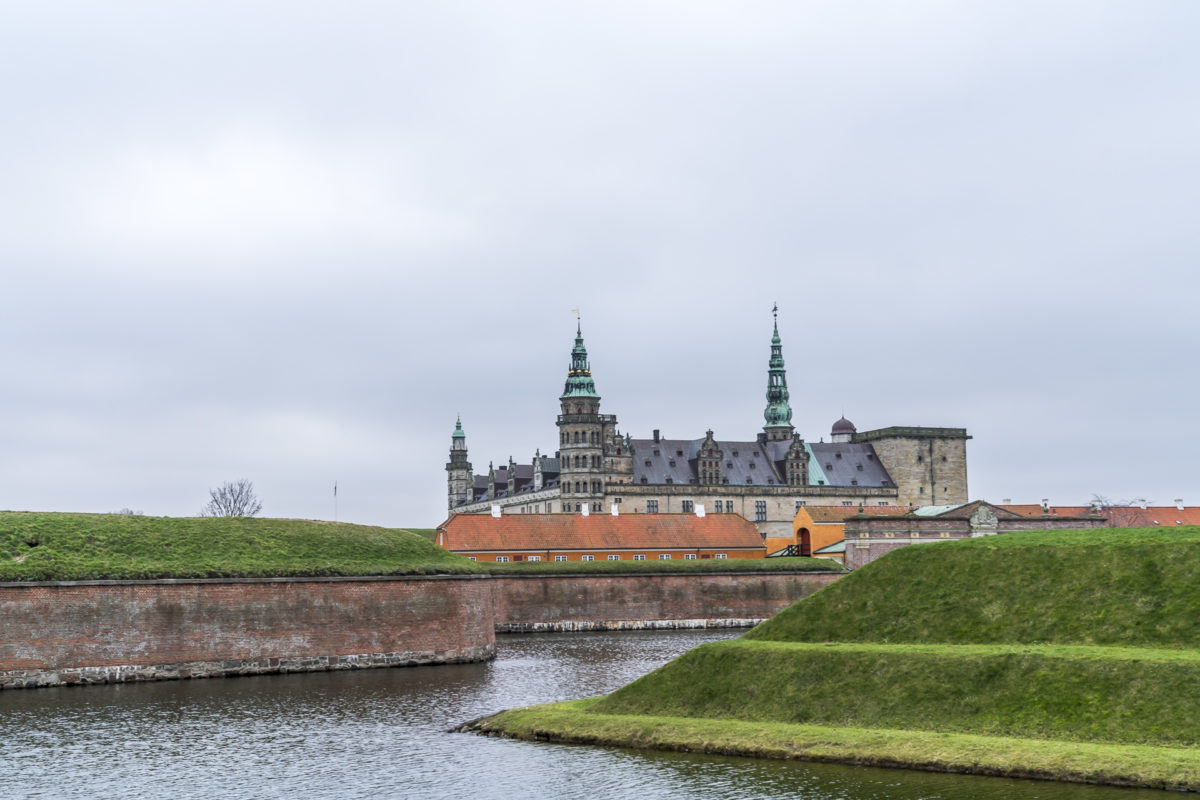
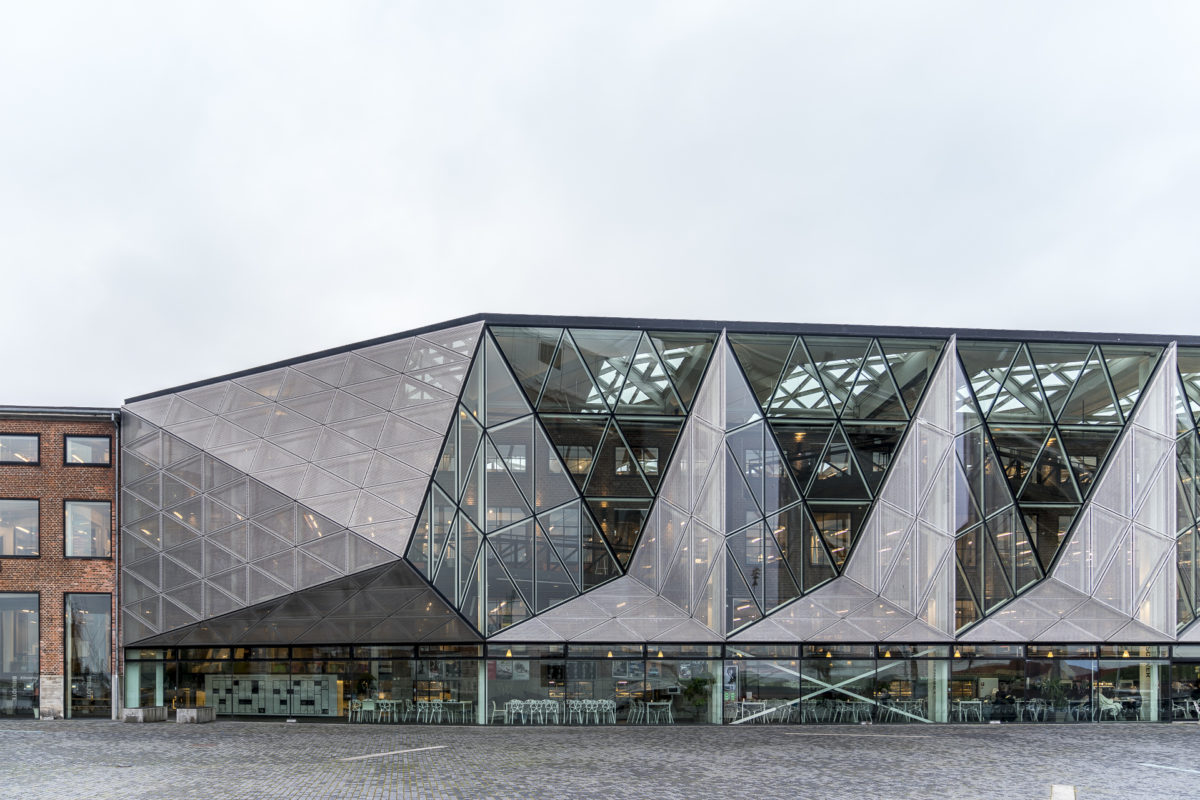
It is advisable to plan at least half a day for the visit of Helsingør. Afterwards we take the ferry for 20 minutes across the Öresund to Helsingborg in Sweden. Here we treat ourselves to delicious Kanelbullar in the sweet café “Bruket kaffebar och kafé“, stroll along the kilometre-long waterfront promenade to the lake sauna “Pålsjöbaden“, marvel at pretty beamed facades and let ourselves be captivated by the exciting exhibitions in Dunkers Kulturhuset.
Helsingør and Helsingborg gave so much for two days that we abandoned the originally planned stopover in Malmö in favor of more time in these two cities.

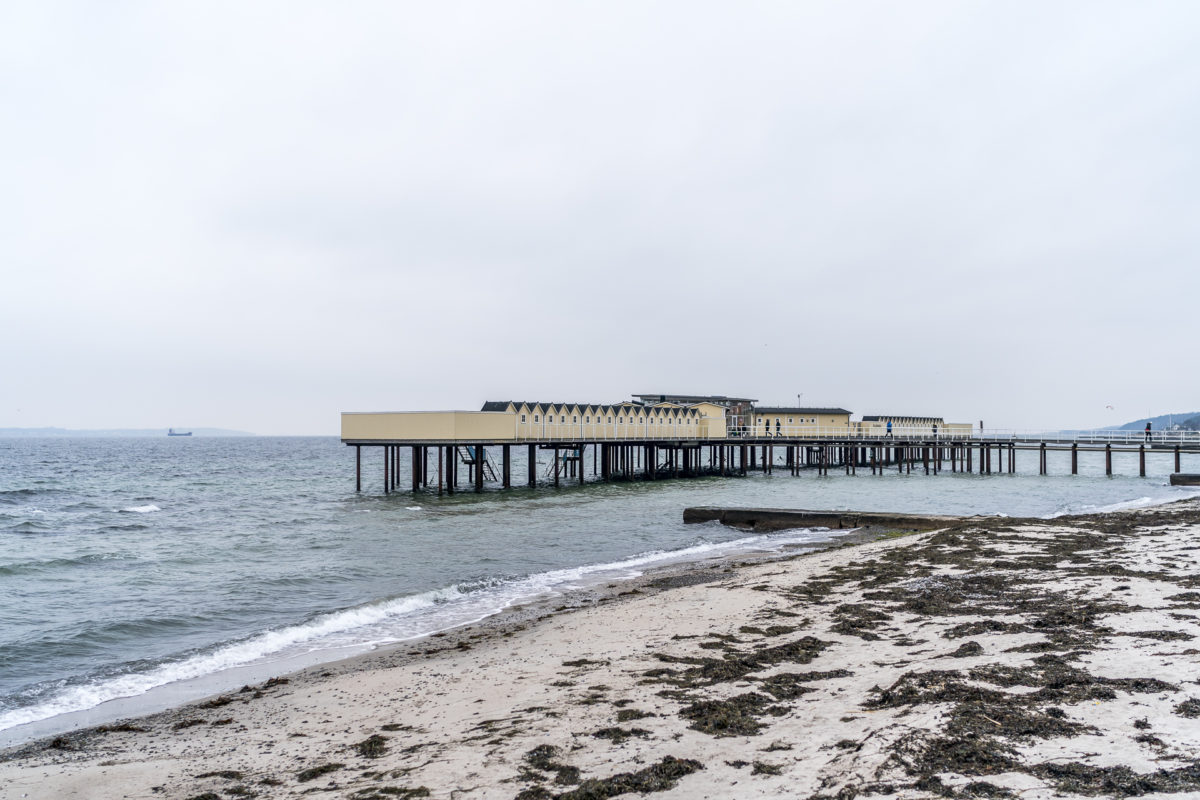

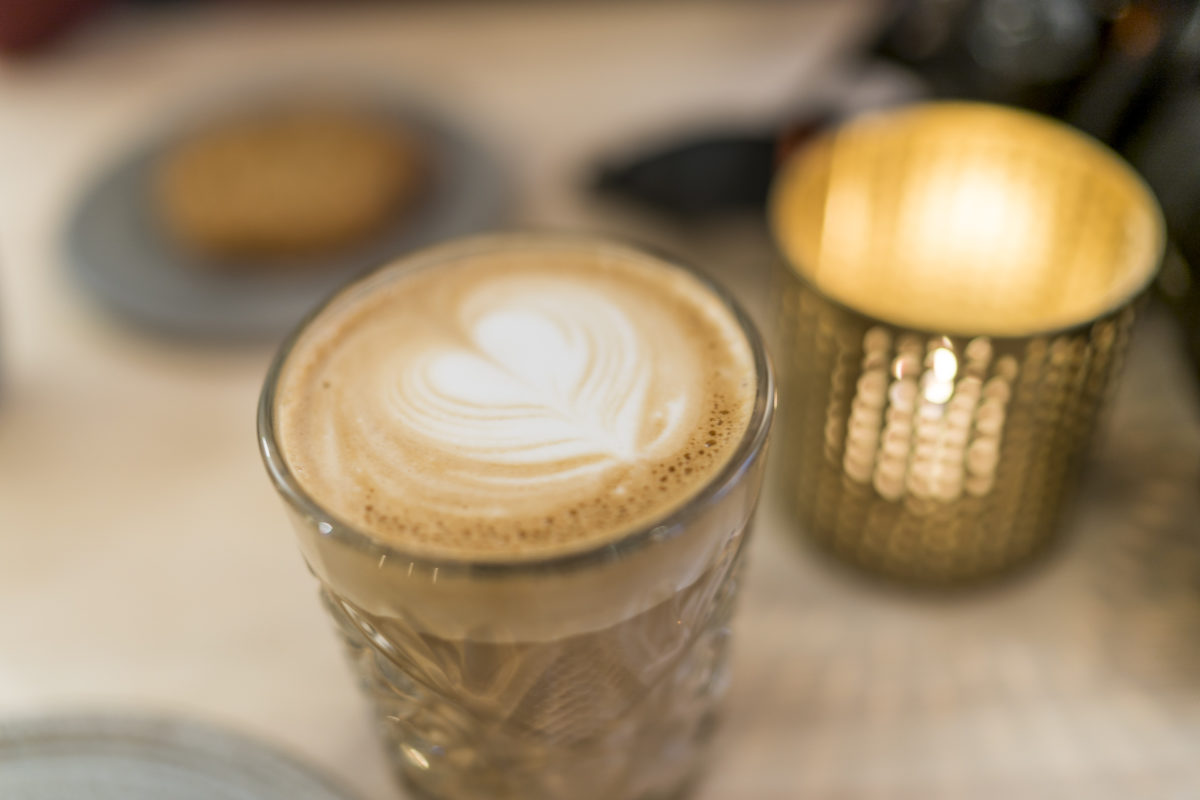
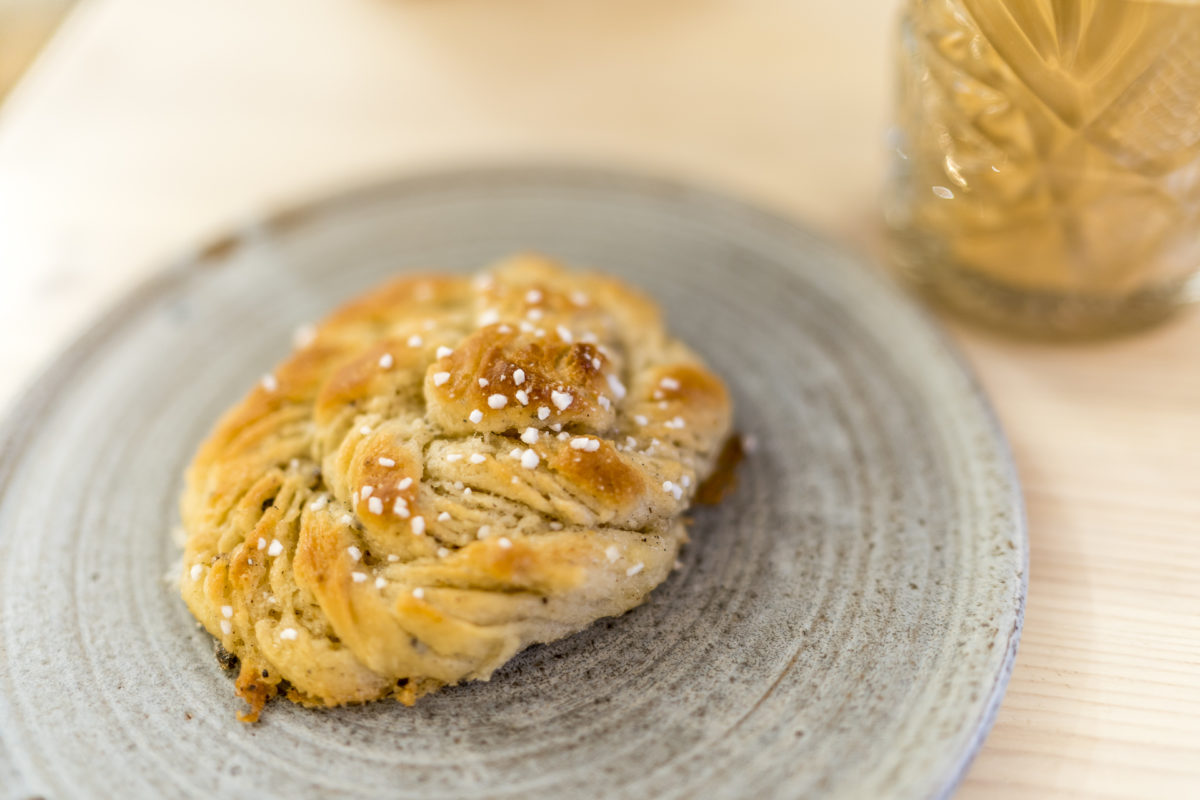
Stage 7: Capital city flair in Copenhagen
Just in time for the New Year’s Eve festivities, we reach the Danish capital. In the article linked below, I have written down our top tips for the turn of the year in Copenhagen: New Year’s Eve in Copenhagen

Stage 8: Aiming high – Denmark’s newest attraction
After two days in Copenhagen, our road trip continued southwards. Depending on the day of the week, it’s worth making a stop at the Arken Museum of Modern Art on the southwestern outskirts of Copenhagen. This art museum is not as well-known as the Louisiana, but it also offers exciting temporary exhibitions.
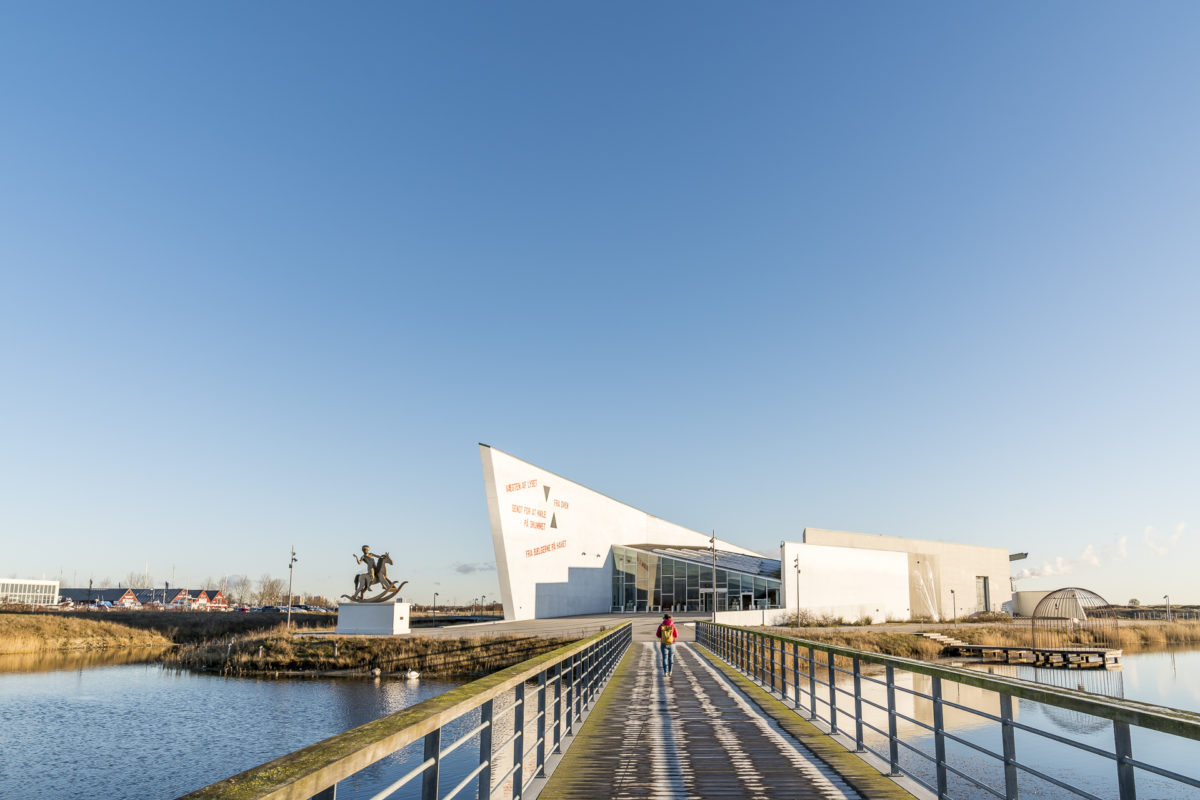
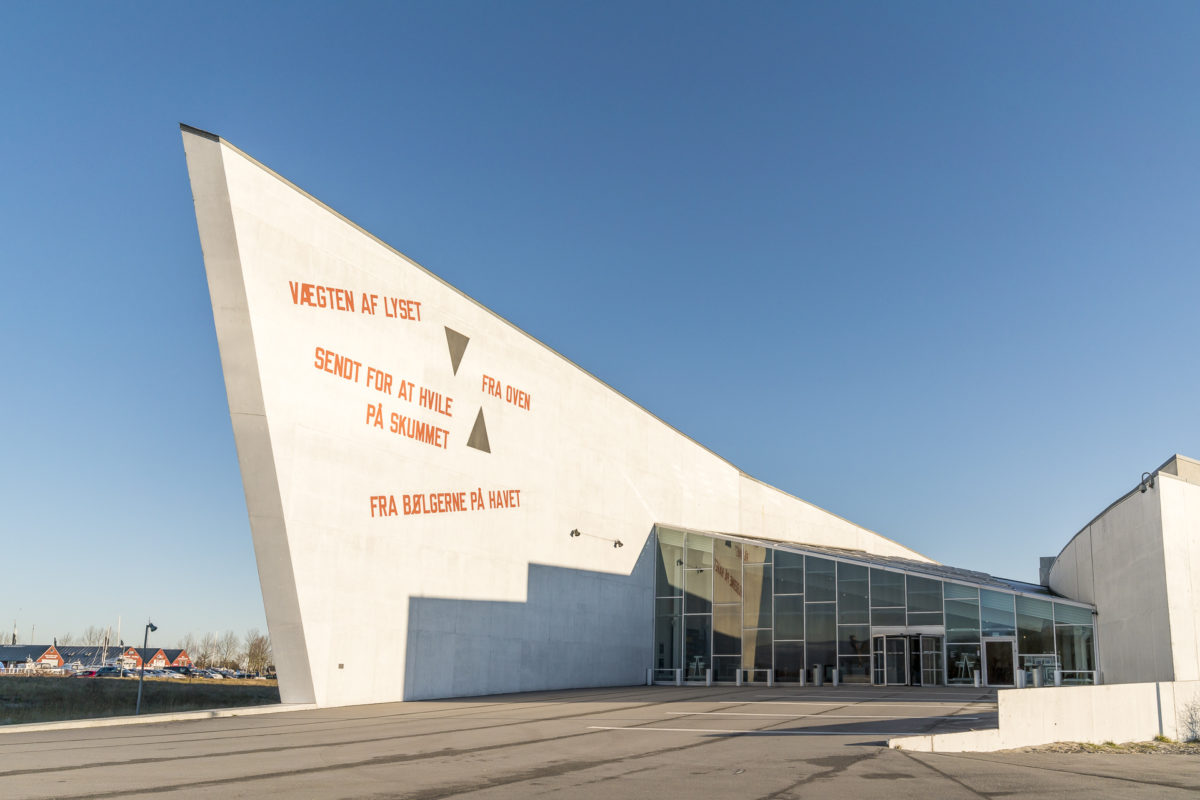
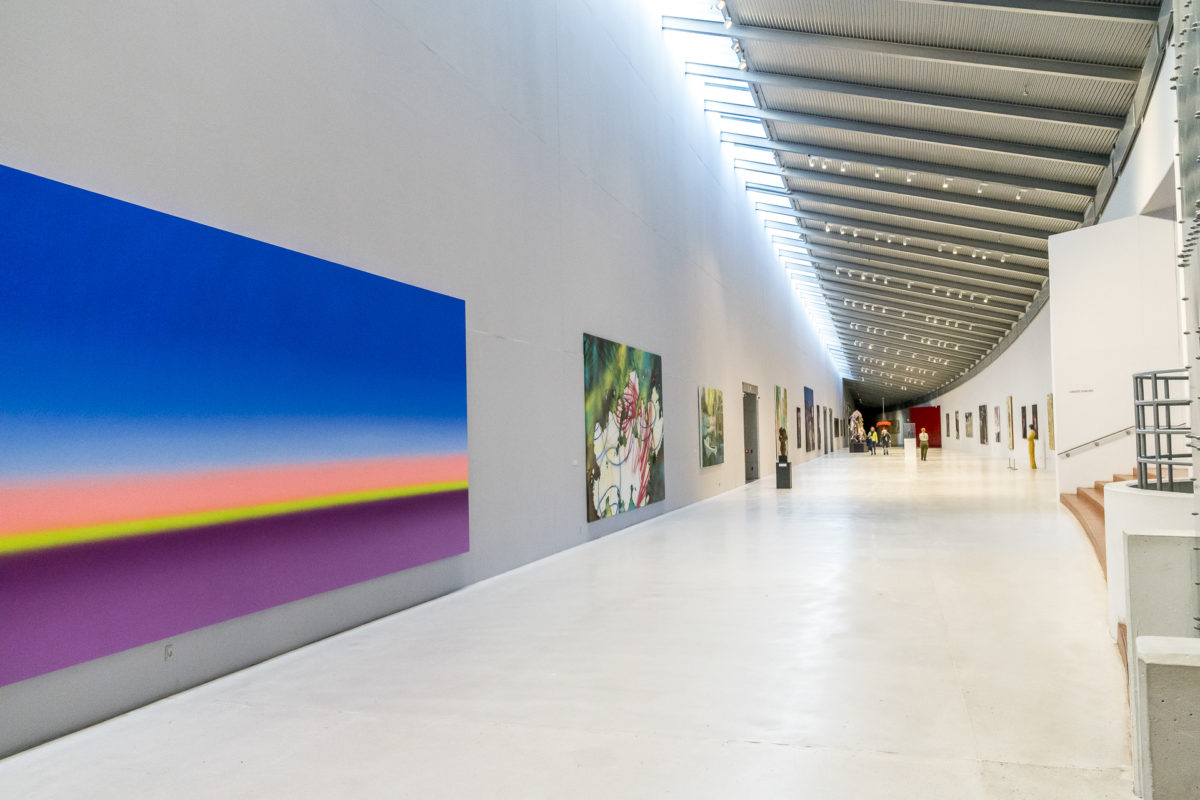
After a concentrated load of culture and good food, the rest of the stage is all about fresh air and – what joy! -Sunshine. One of the few attractions in Denmark that is open even on January 1st is Camp Adventure near Rønnede. It is primarily known for what is probably the most impressive treetop walk experience in the country.
The visit to the 45 m high, spiral-shaped “Treetop Tower” in the Gisselfeld monastery forest is one of my highlights of this road trip, along with the seal experience in Grenen. If you buy the ticket directly on site, you pay 150 DKK entrance fee (plus 50 DKK parking fee per car). If you buy it online on the website the day before, you can save DKK 25. A signposted footpath leads to the forest tower – two to three hours should be planned for the whole round.
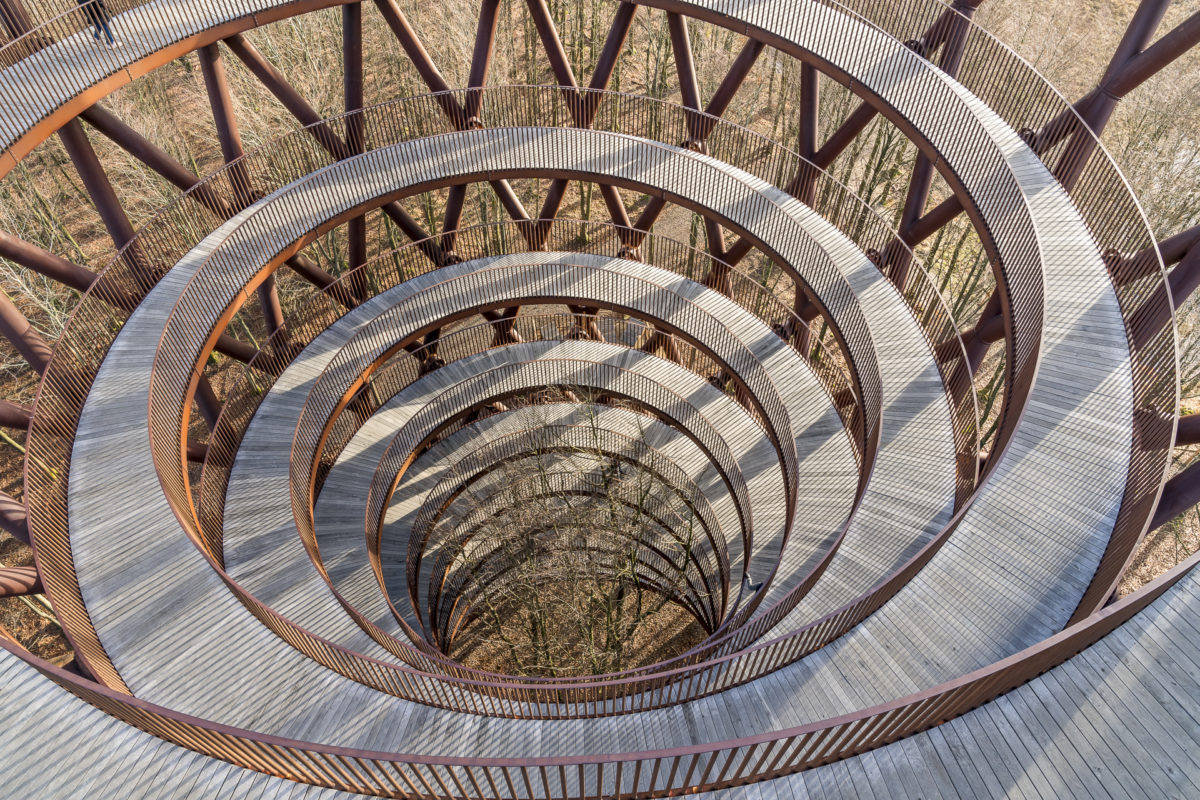
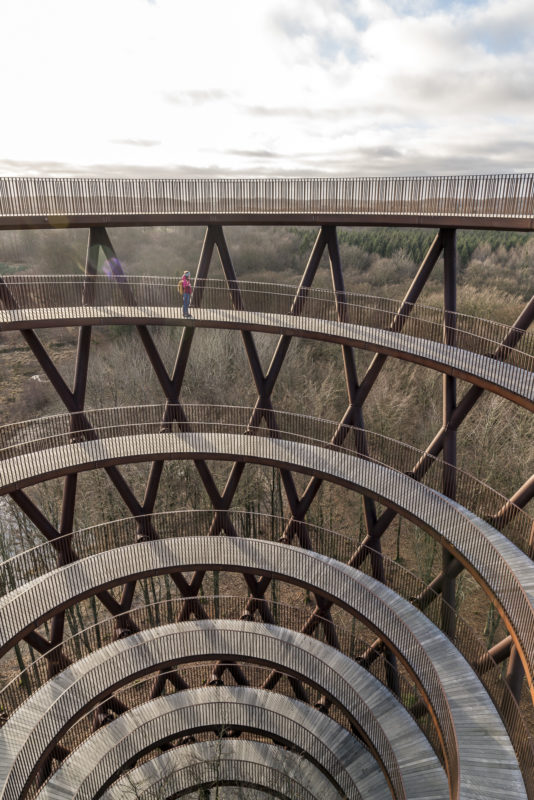
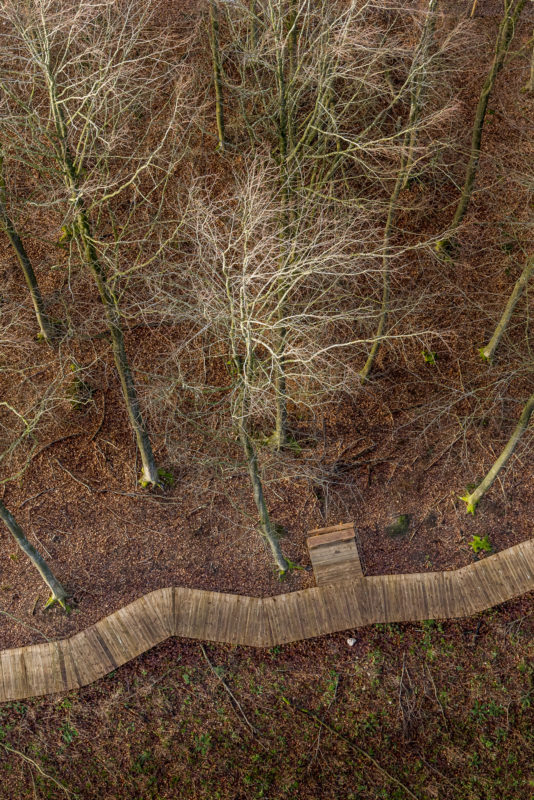
Not far from Camp Adventure, the Rønnede Inn is also a place to stop for a bite to eat with an excellent reputation. Unfortunately, the restaurant was closed when we drove through. So we fortified ourselves on the village square of Store Heddinge with a – typical Danish – hotdog. The small village is located on the access road to Stevns Klint – the last Unesco World Heritage Site that we will visit on this road trip.
The special features of these huge chalk cliffs, which form a cliff over a length of a good 15 kilometres, are not apparent to the layman at first glance. The secret lies in the so-called “fish tone” between the rock layers. Due to its composition, it provides clues about the asteroid impact that was responsible for the mass extinction of the dinosaurs. From the dramatic “Højerup old church“, which is located directly on the cliffs, an approximately 20-kilometre-long path leads northwards along the cliffs. In any case, the short stage to the Stevns lighthouse is recommended.
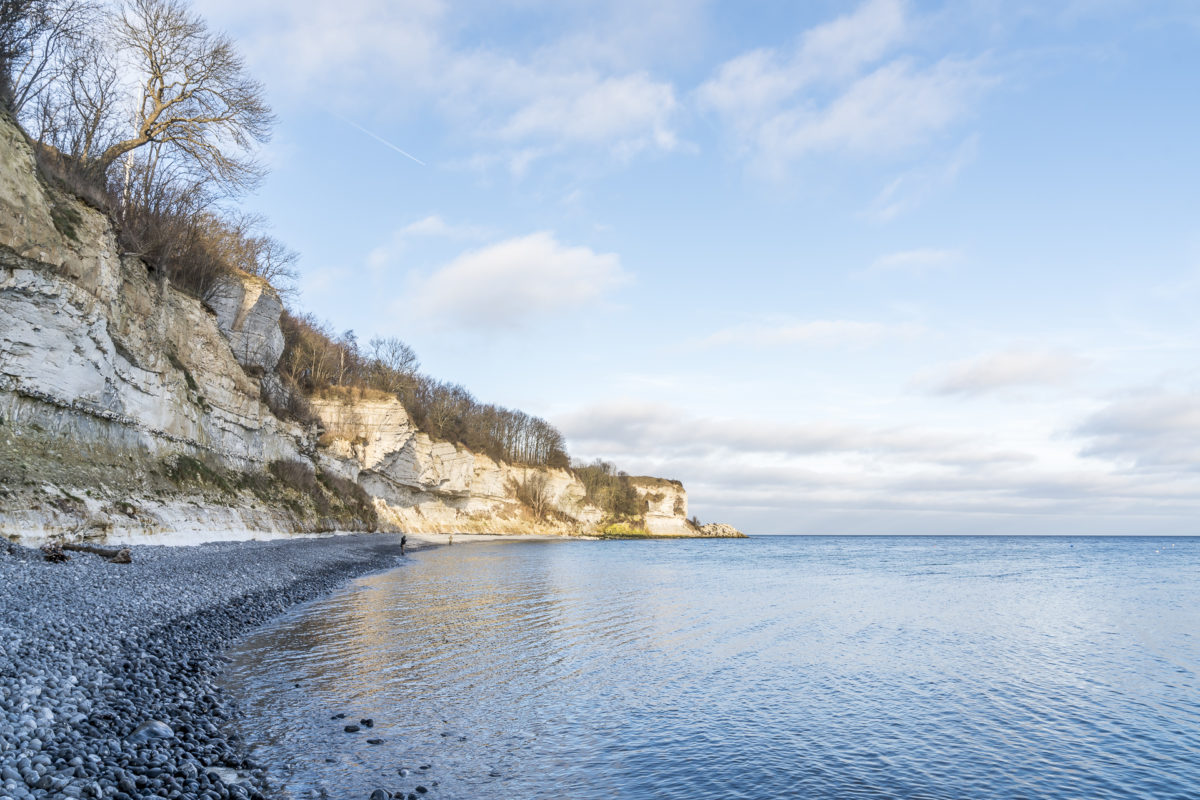
After a day of sunshine and fresh, healthy sea air, we can put our feet up at the lovingly run Bed & Breakfast Vemmetofte Præstegård. This small, family-run bed and breakfast is located in a historic building complex of the Vemmetofte Monastery. The host style as well as the loving furnishings reminded us a little of Brücke 49, which is also run by a Danish couple.
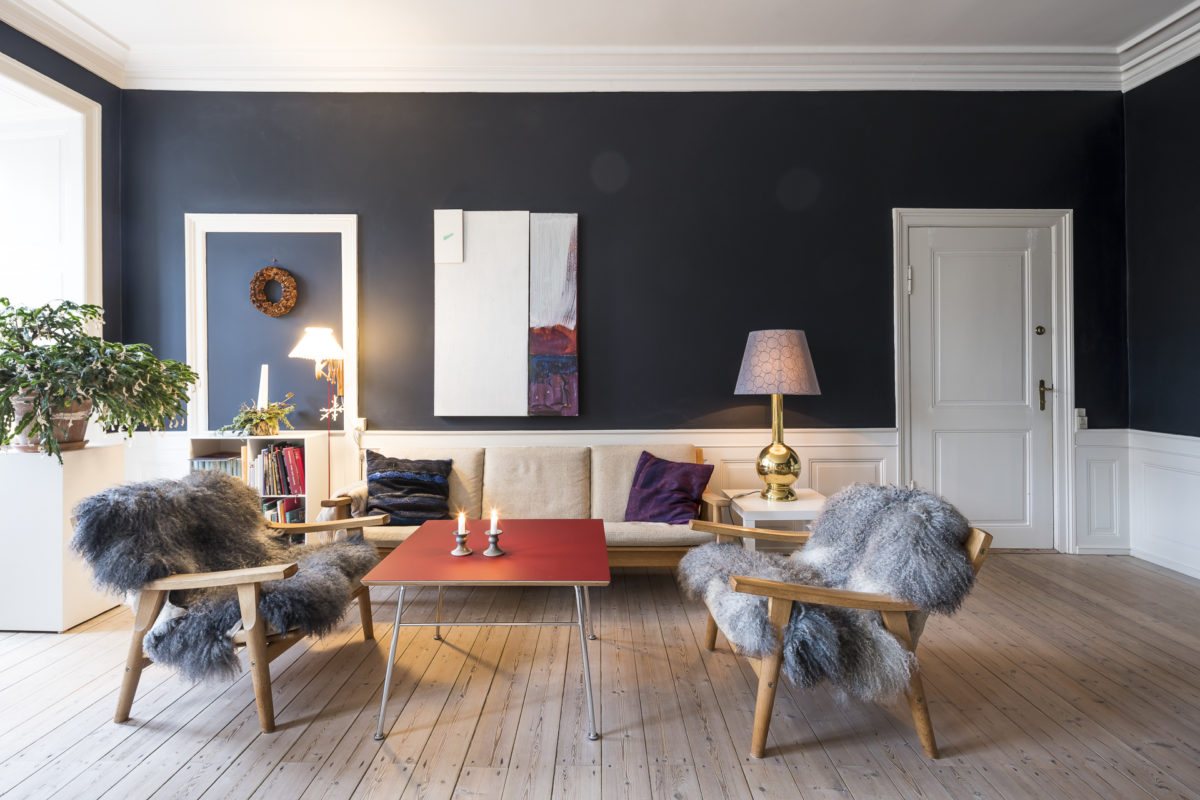
Stage 9: via Møn & Lolland back to the mainland
We start our last day of road trip to Denmark at a leisurely pace. First on the agenda is a fine homemade – and traditional Danish – breakfast in our bed and breakfast. Afterwards we make our way towards the island of Møn. Here, Møns Klint, Denmark’s steepest cliffs, await us. Definitely more impressive in terms of dimensions than Stevn’s Klint. And while the weather is still bravely holding up from the parking lot over umpteen steps down to the coast, the next rain front follows after the onward journey towards Bandholm. As you can see, if you travel through Denmark in winter, you will automatically slow down. And that’s exactly what we liked so much!
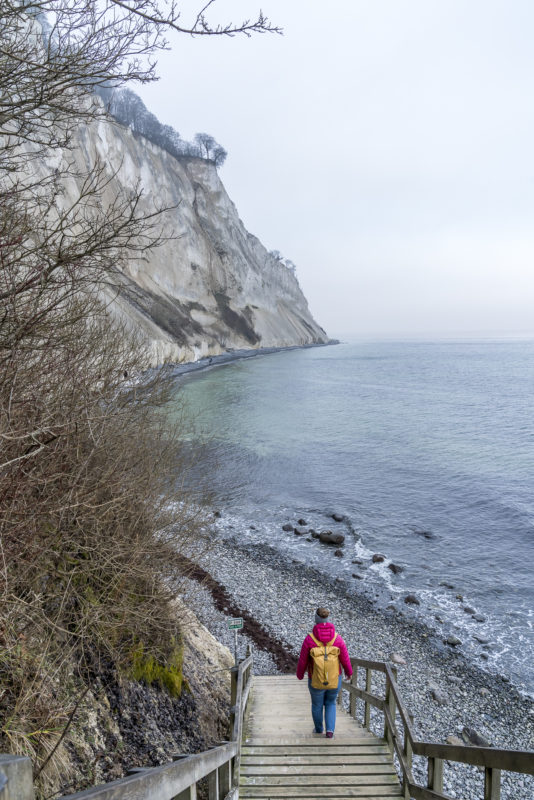
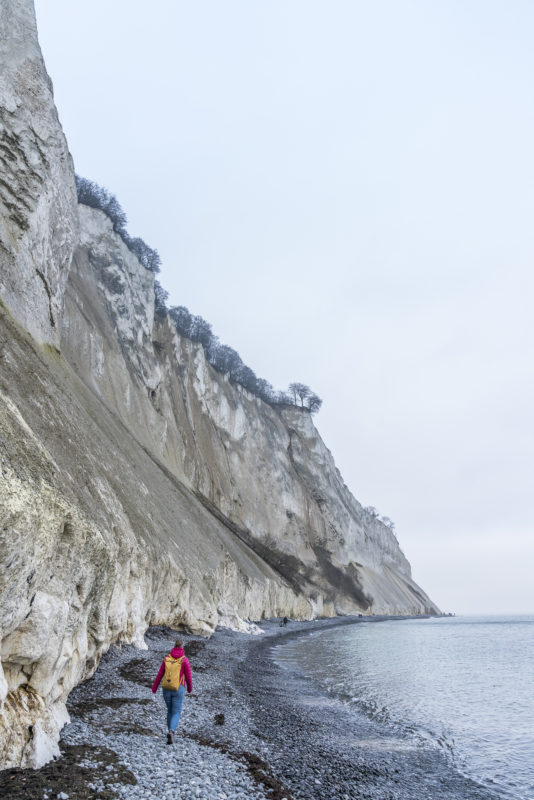
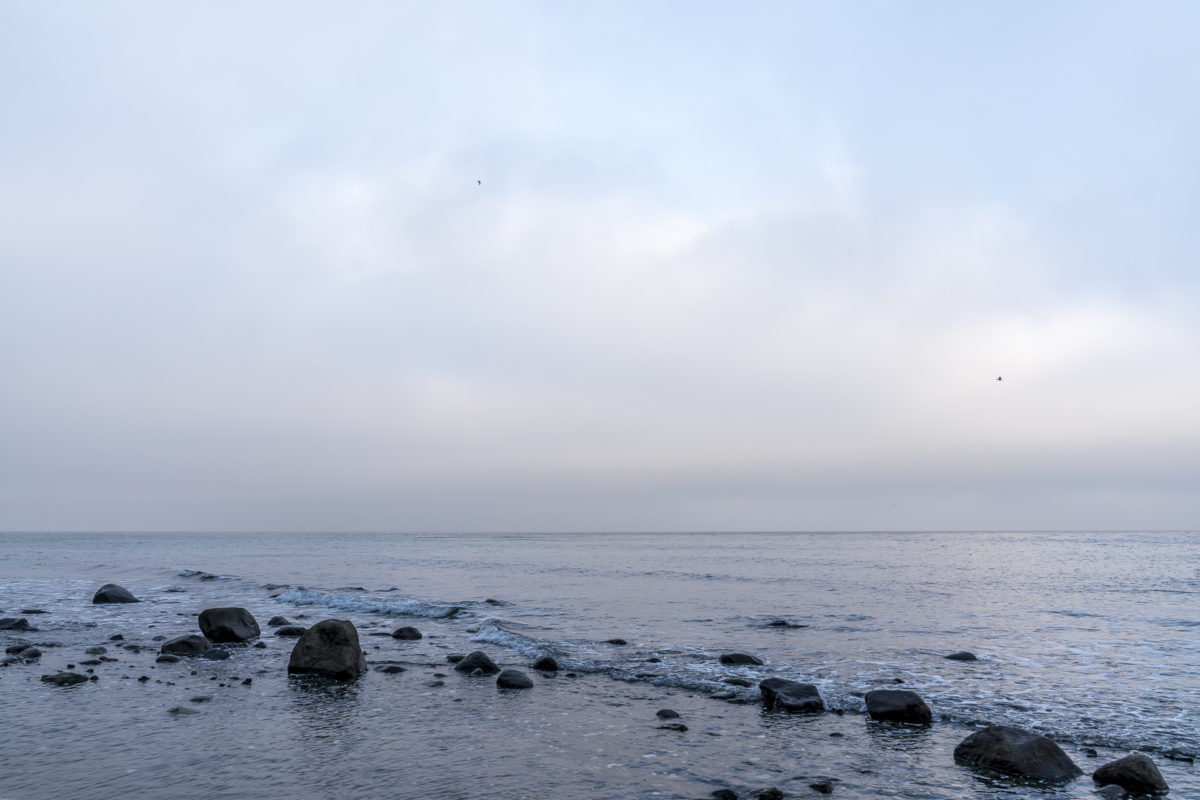
Practical tips for your road trip through Denmark
If you rent a car in Germany, like us, you should note that depending on the rental car provider, there is a fee for cross-border vehicle use. At Hertz Germany, for example, this fee is 30 euros. Since this fee is not common at Hertz Switzerland, I was a bit surprised at first. However, it is advisable to announce the trip abroad and pay the fee. Otherwise, in the event of a fine or an accident, you will have to pay an additional “penalty fee” for the case processing.
As with us, the speed limit is 50 km/h in built-up areas and 80 km/h outside built-up areas. A maximum speed of 130 km/h is allowed on motorways.
The official currency of Denmark is the Danish krone. However, it is not worthwhile to change money on a large scale in advance of the trip or to withdraw a large amount of Danish kroner from an ATM. In Denmark you can pay by card almost everywhere.
Some of my top favorites of our road trip include the city of Aarhus, Grenen on the northern tip of Jutland and the Treetop Tower on Zealand – these places should definitely be on your Denmark bucket list.
Denmark is not a cheap country to travel to. The most cost-effective way to travel through Denmark is to travel with your own car or camper. Our rental car cost around 500 CHF for the 10 days. For the overnight stays, we paid between 100 and 350 CHF per night (from bed & breakfast to classic beach hotels to 5-star hotels). For a dinner in a restaurant, you should calculate between 50 and 100 CHF per person. Museum admissions cost between 15 and 25 CHF for adults. However, some sights could also be visited free of charge (e.g. the Jelling Monuments or Stevns Klint). In winter, there is also no charge for many parking lots in the “countryside” (e.g. at Stevns Klint).
Denmark round trip in winter: what you should consider when traveling over Christmas & New Year’s Eve
Denmark’s coastal location gives it a temperate climate, with average temperatures that are in the plus range even in December and January. The winter is accordingly rather humid and mild, so you should pack a rain jacket, rain boots and an umbrella instead of moon boots and a thick down jacket.
In contrast to Switzerland, 24 January – Christmas Eve – is a holiday in Denmark that is celebrated in the closest family circle. On this day, almost all shops, museums and other attractions remain closed throughout. The 25th and 26th are also public holidays when museums are closed. The same applies to 31 December (although compared to 24 December, significantly more shops are open until the early afternoon – similar to ours) and 1 January. Depending on the weekday, the museums and attractions may be closed for up to 4 days in a row. To avoid disappointment, it is advisable to invest some time in the careful planning of the individual stages and places of stay in advance.


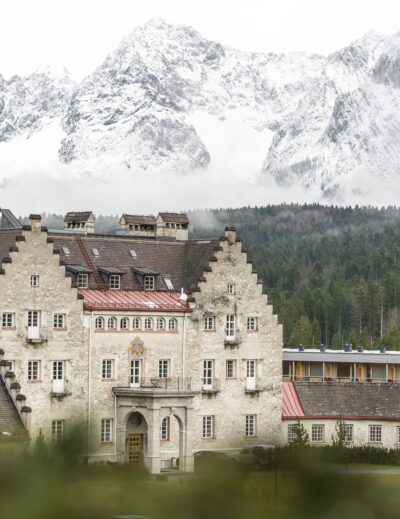
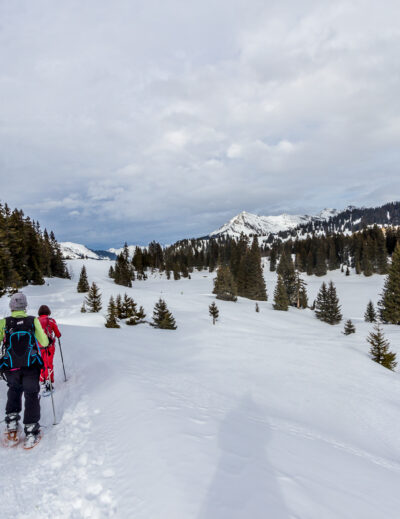
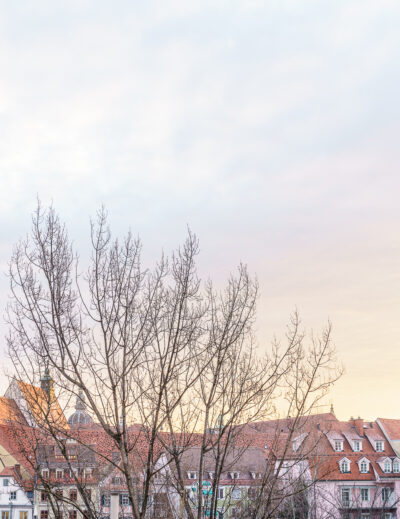
Jessica
17. June 2025
Stunning photos! Really useful for planning our roadtrip later this year.
All the best,
Jess